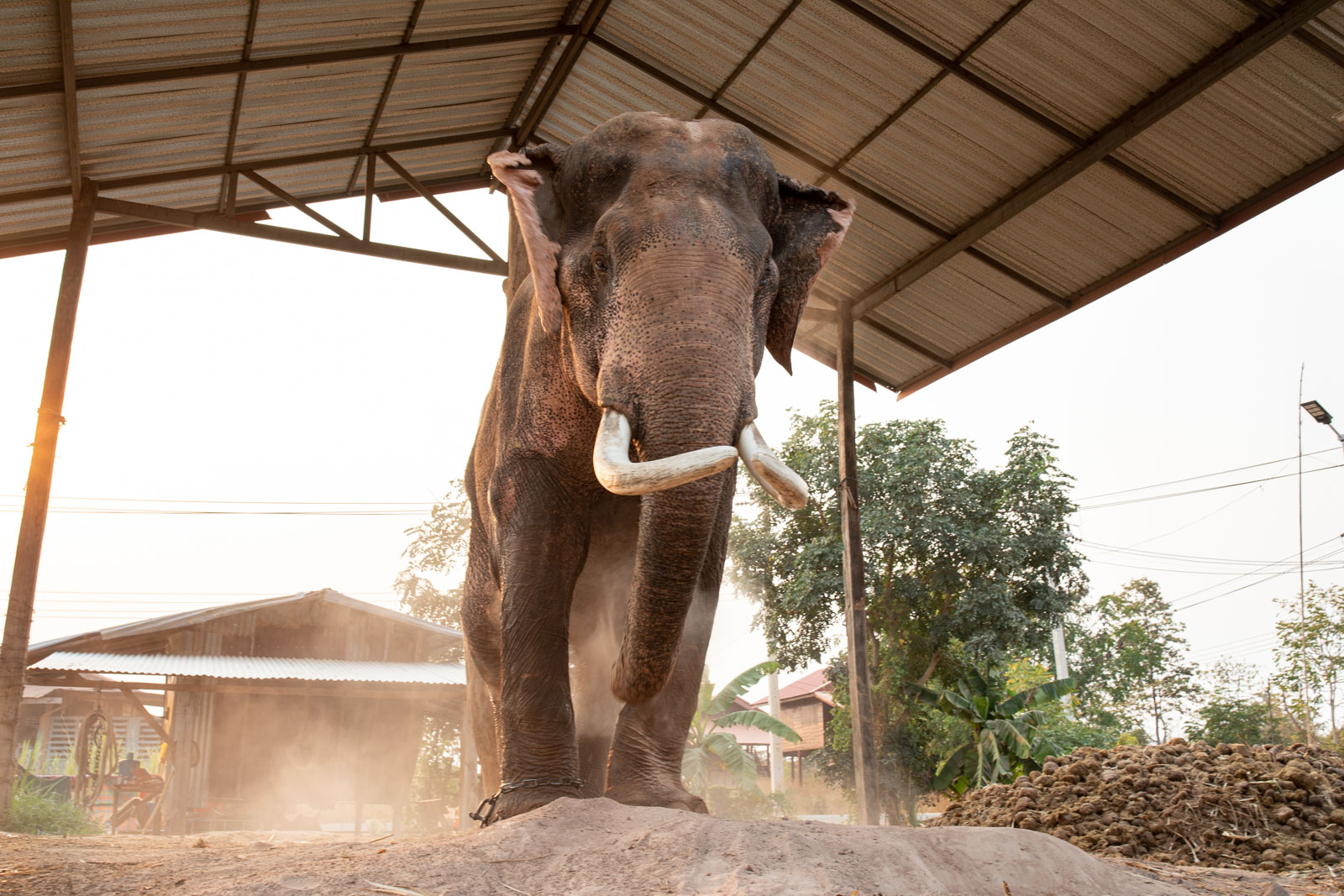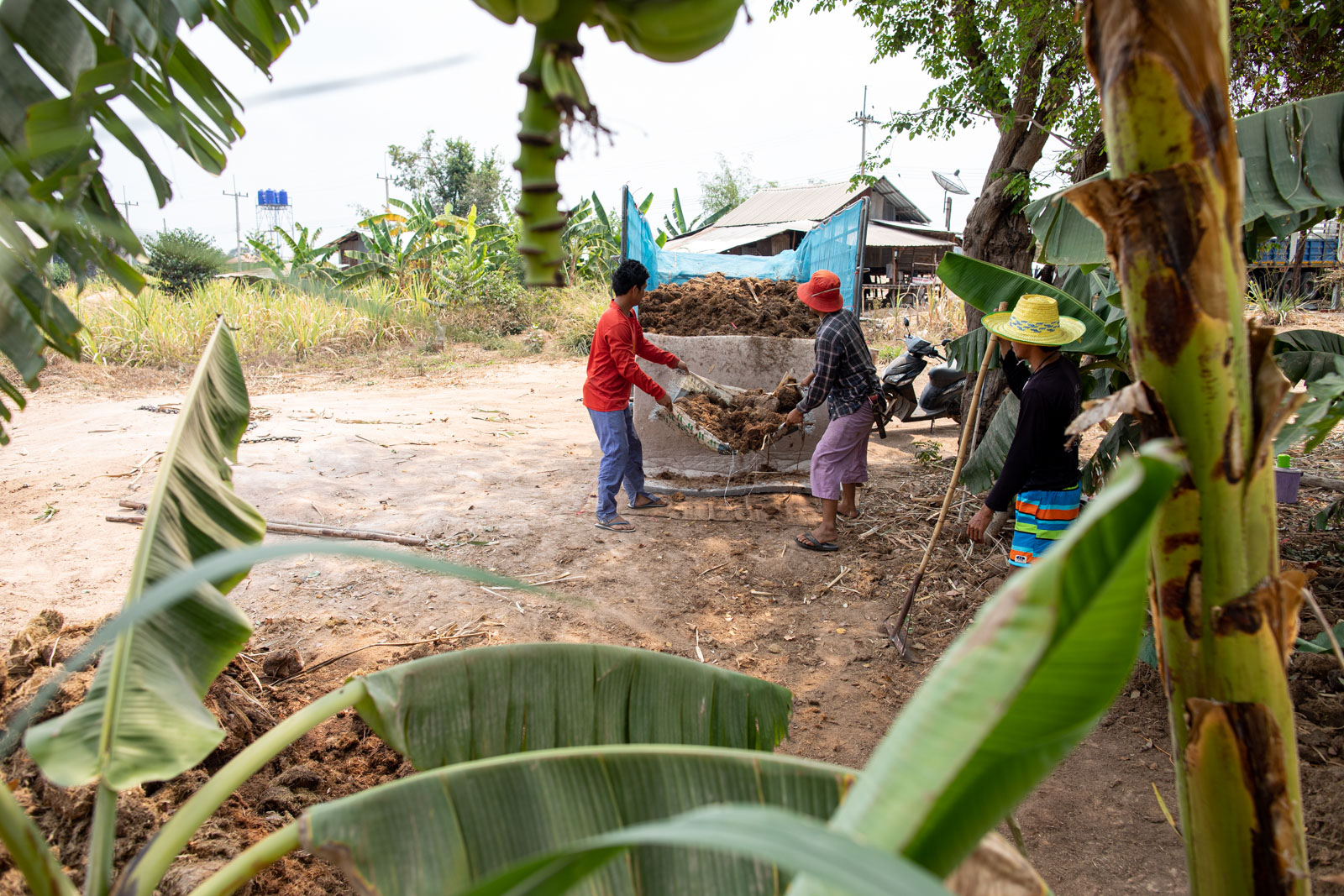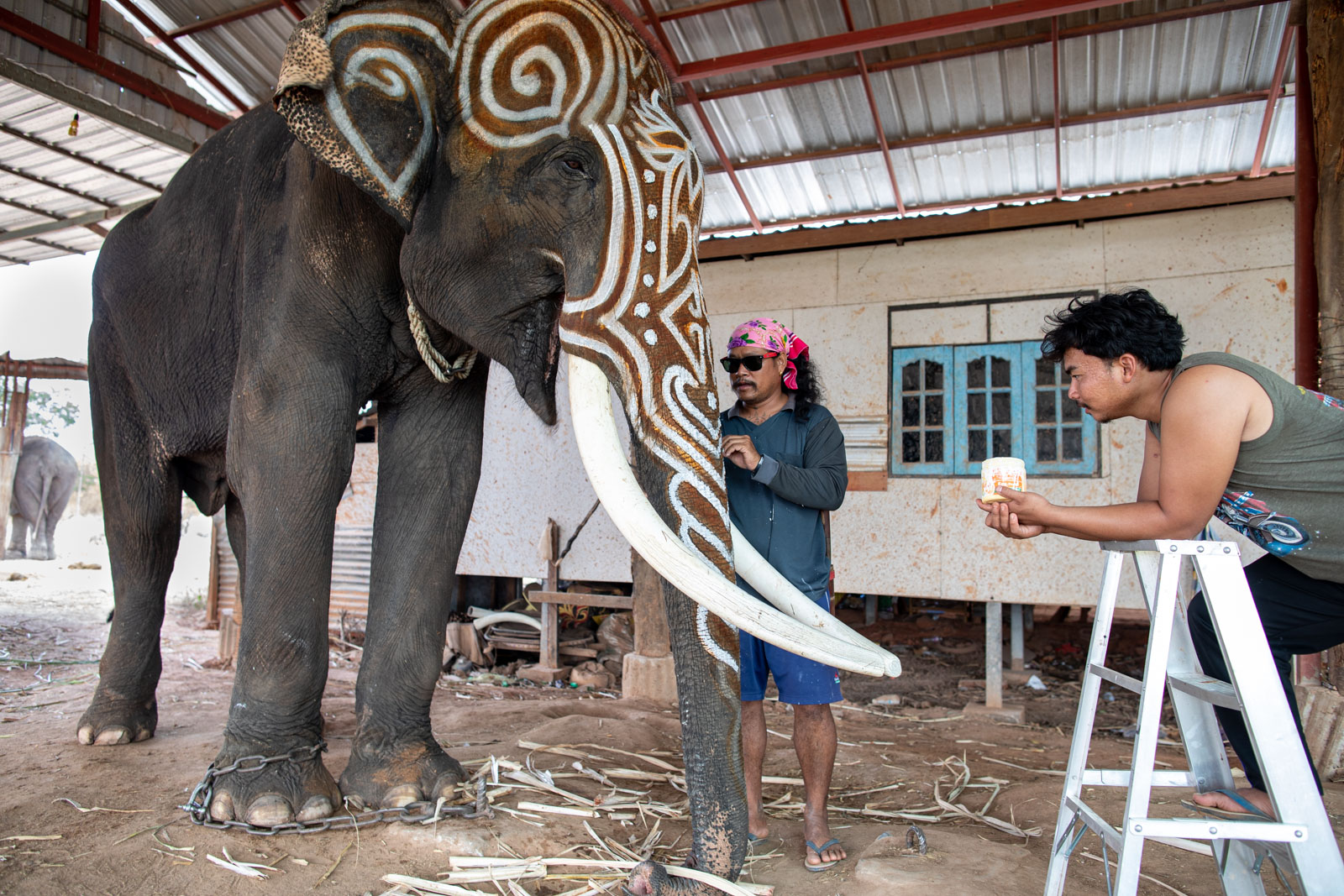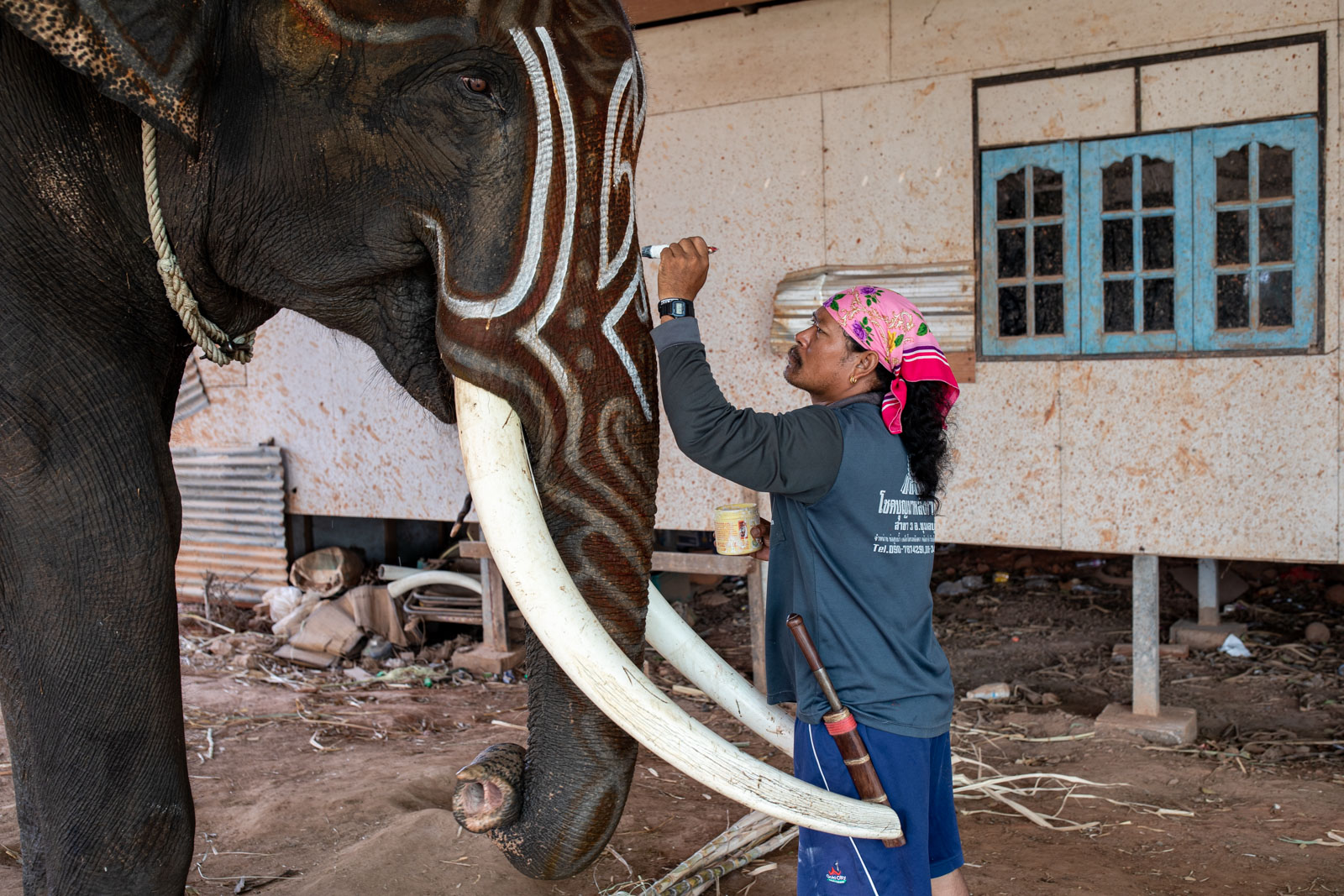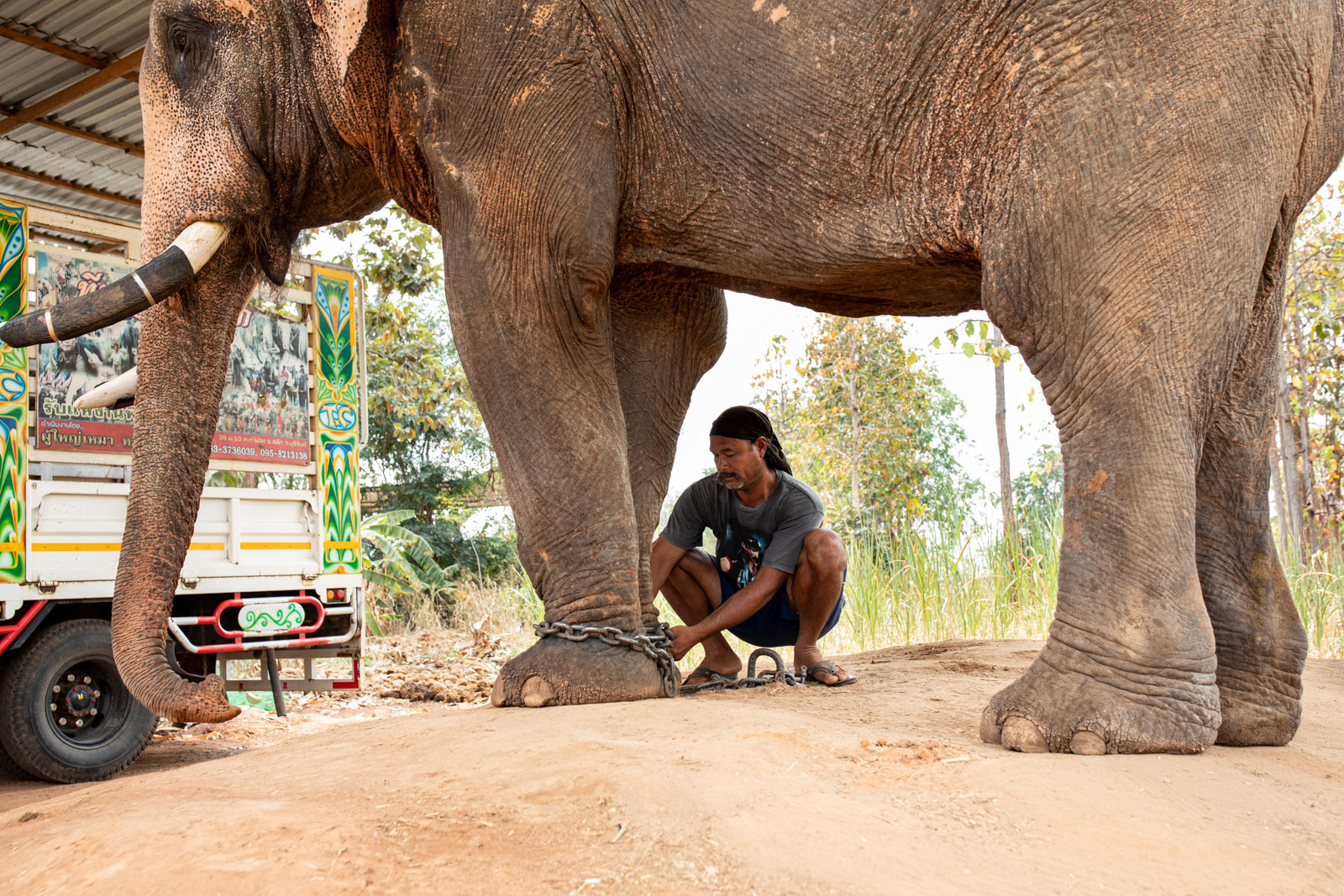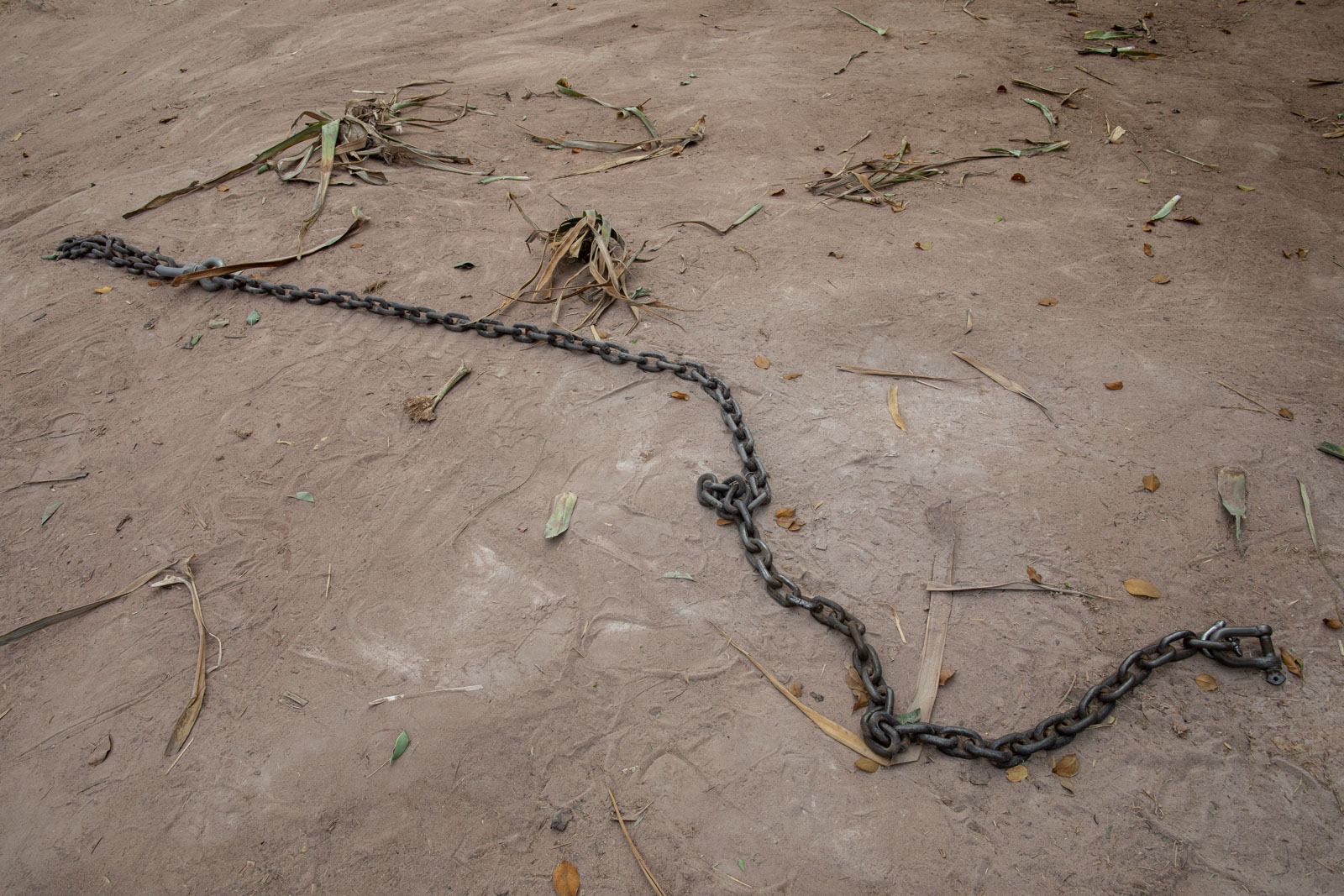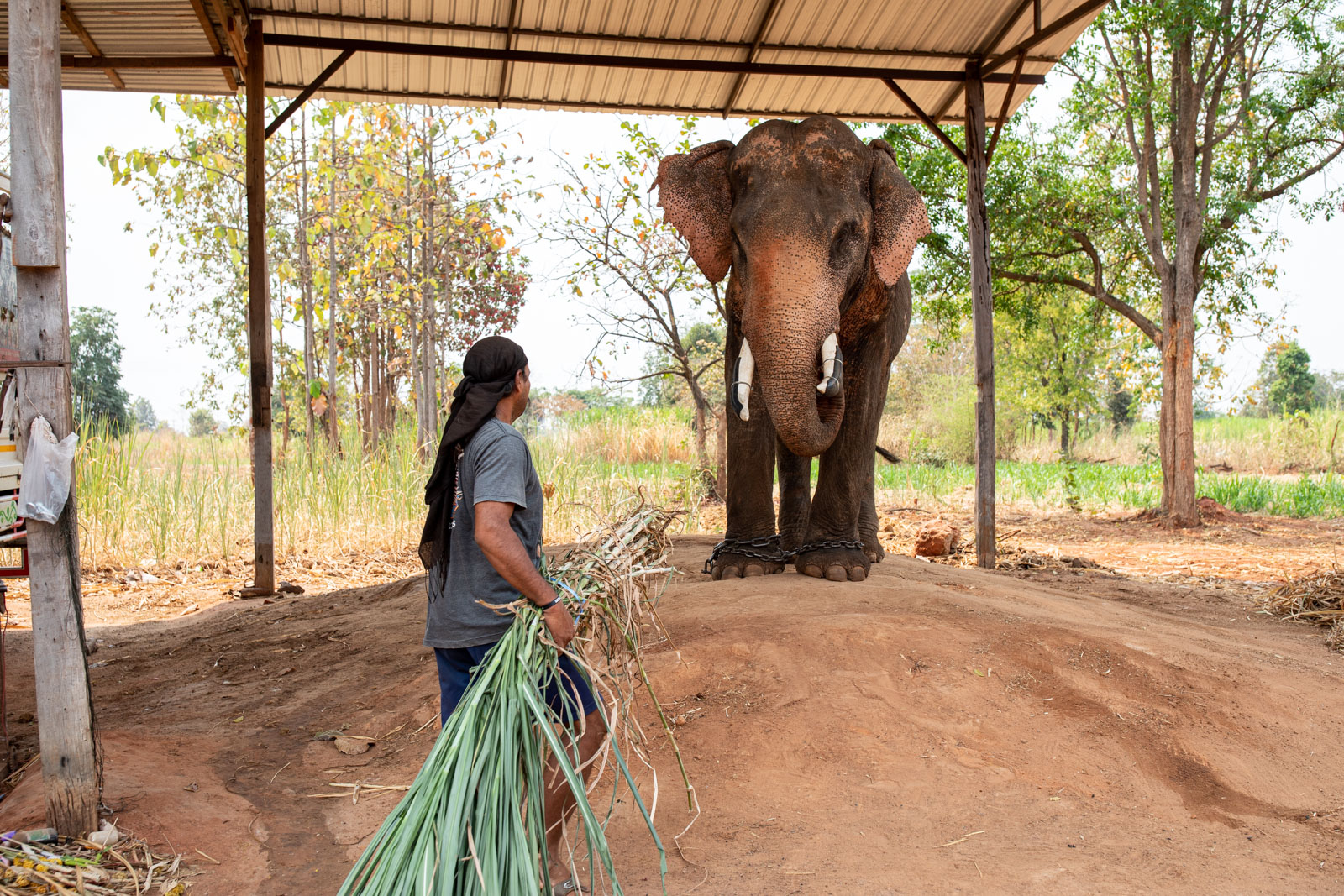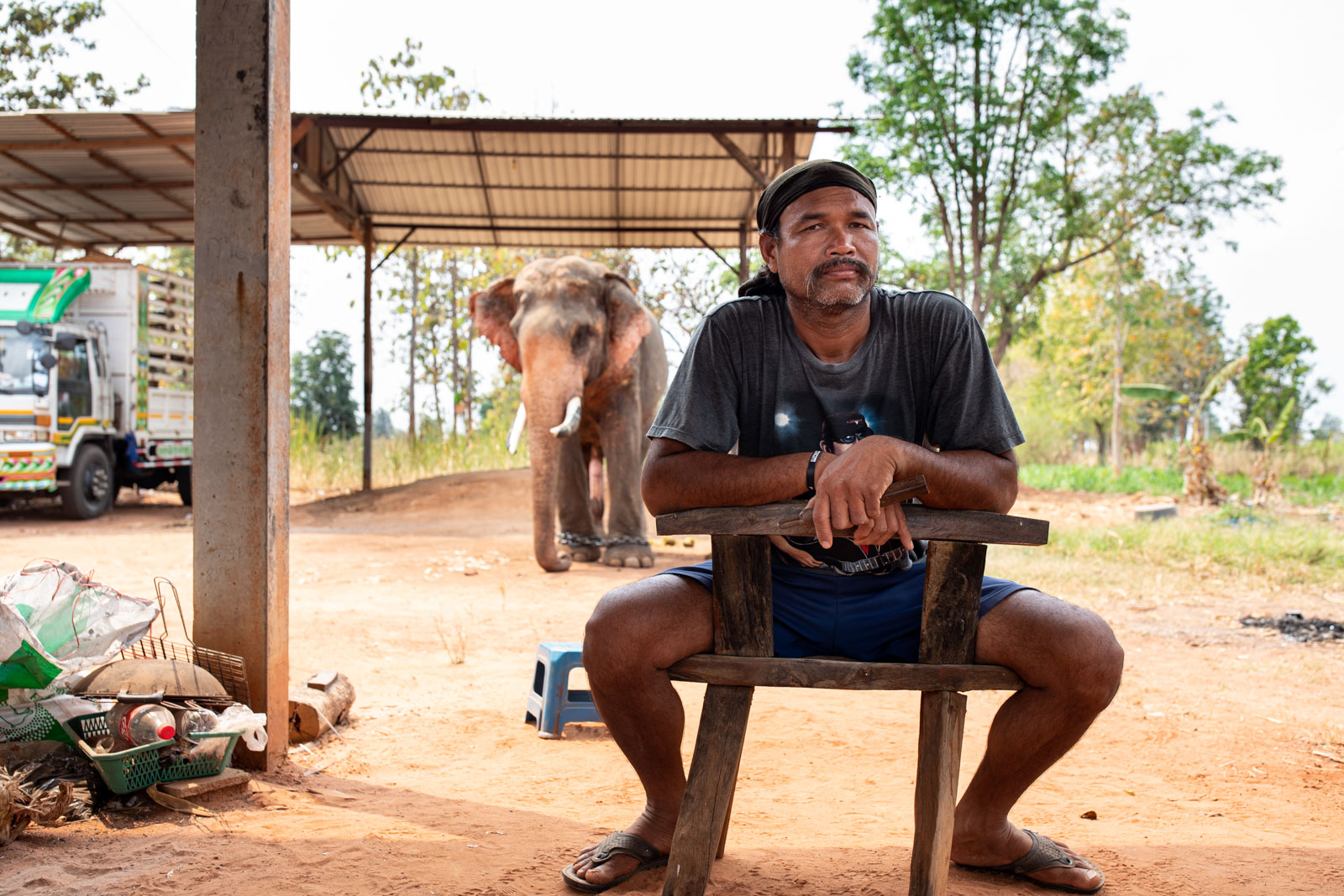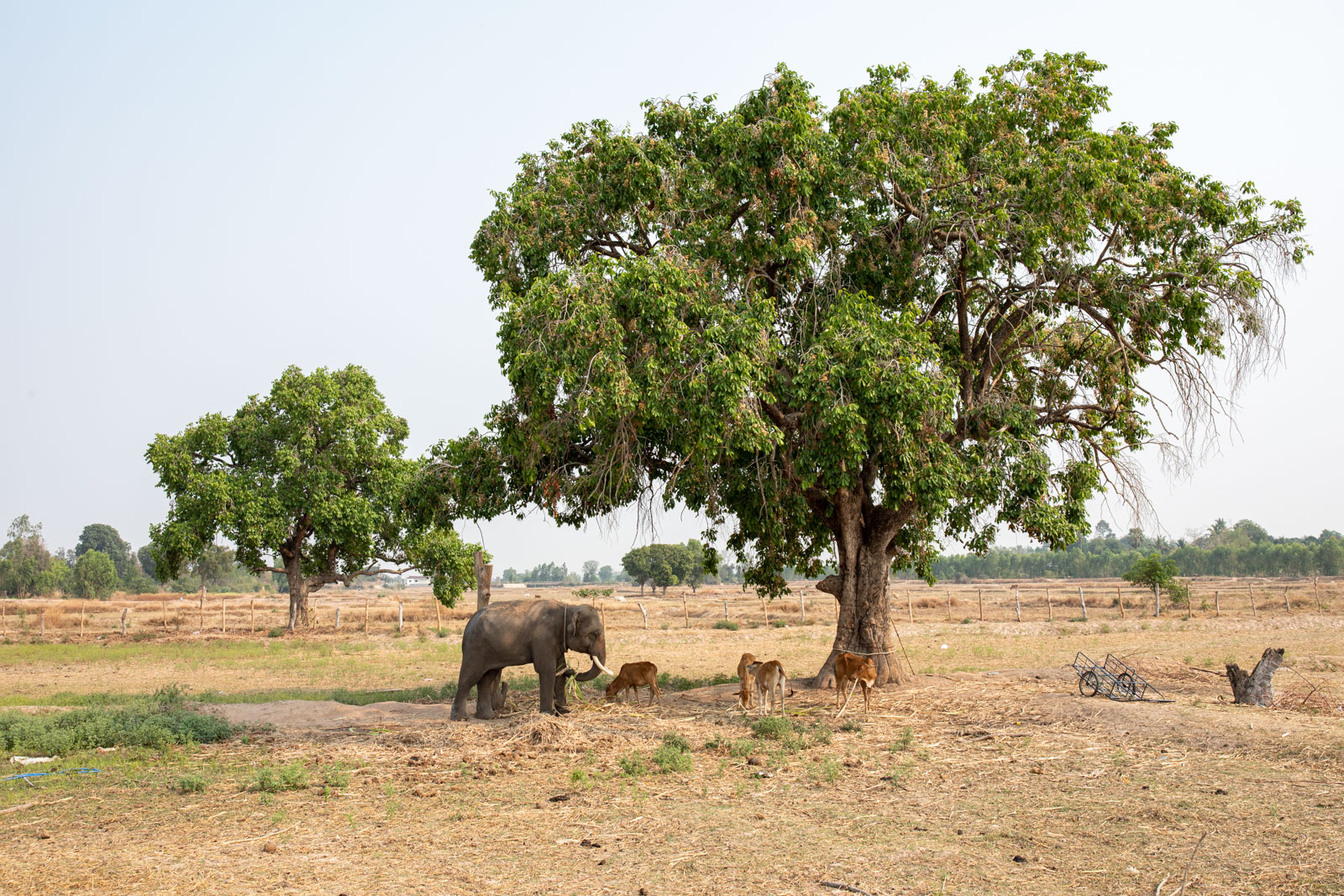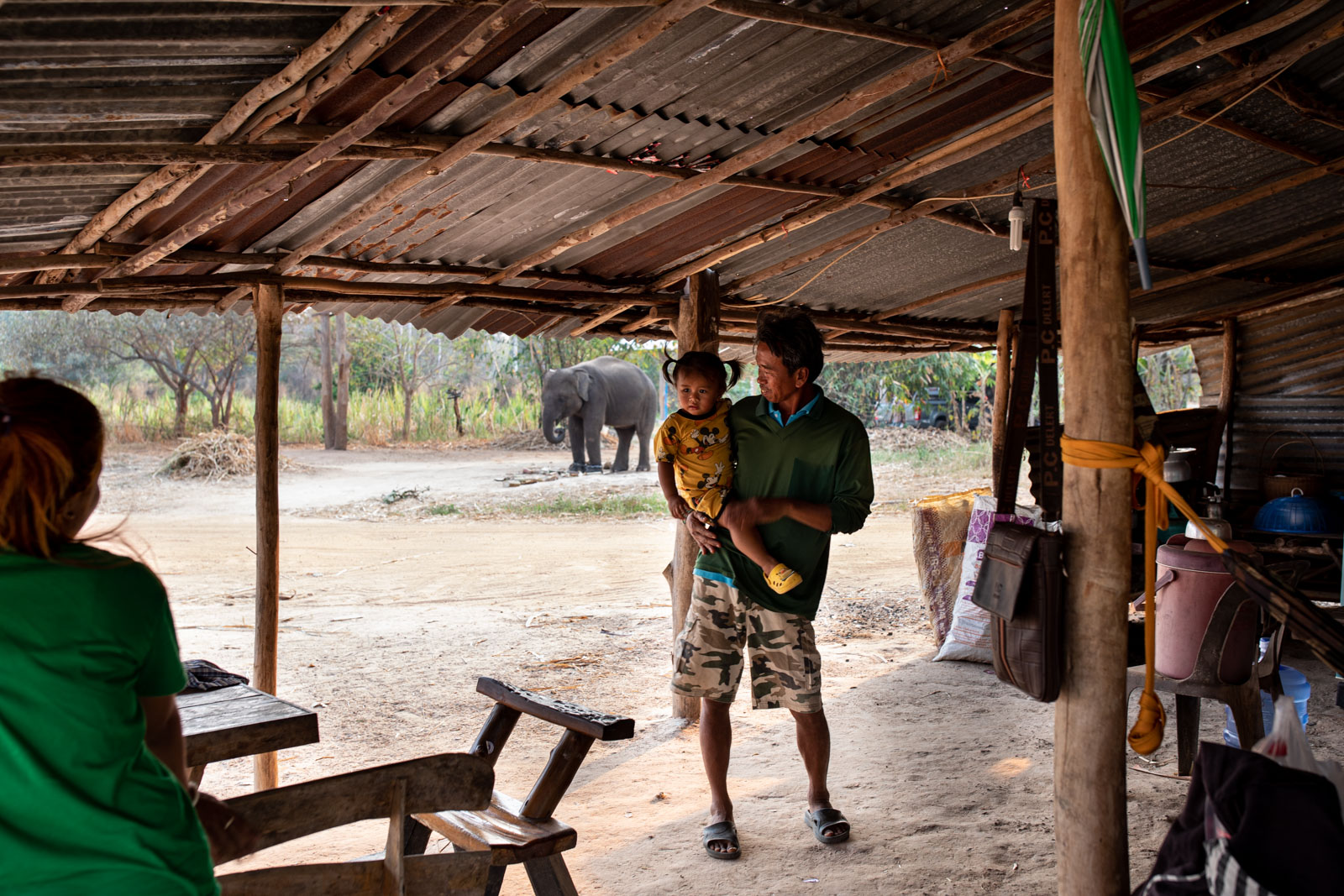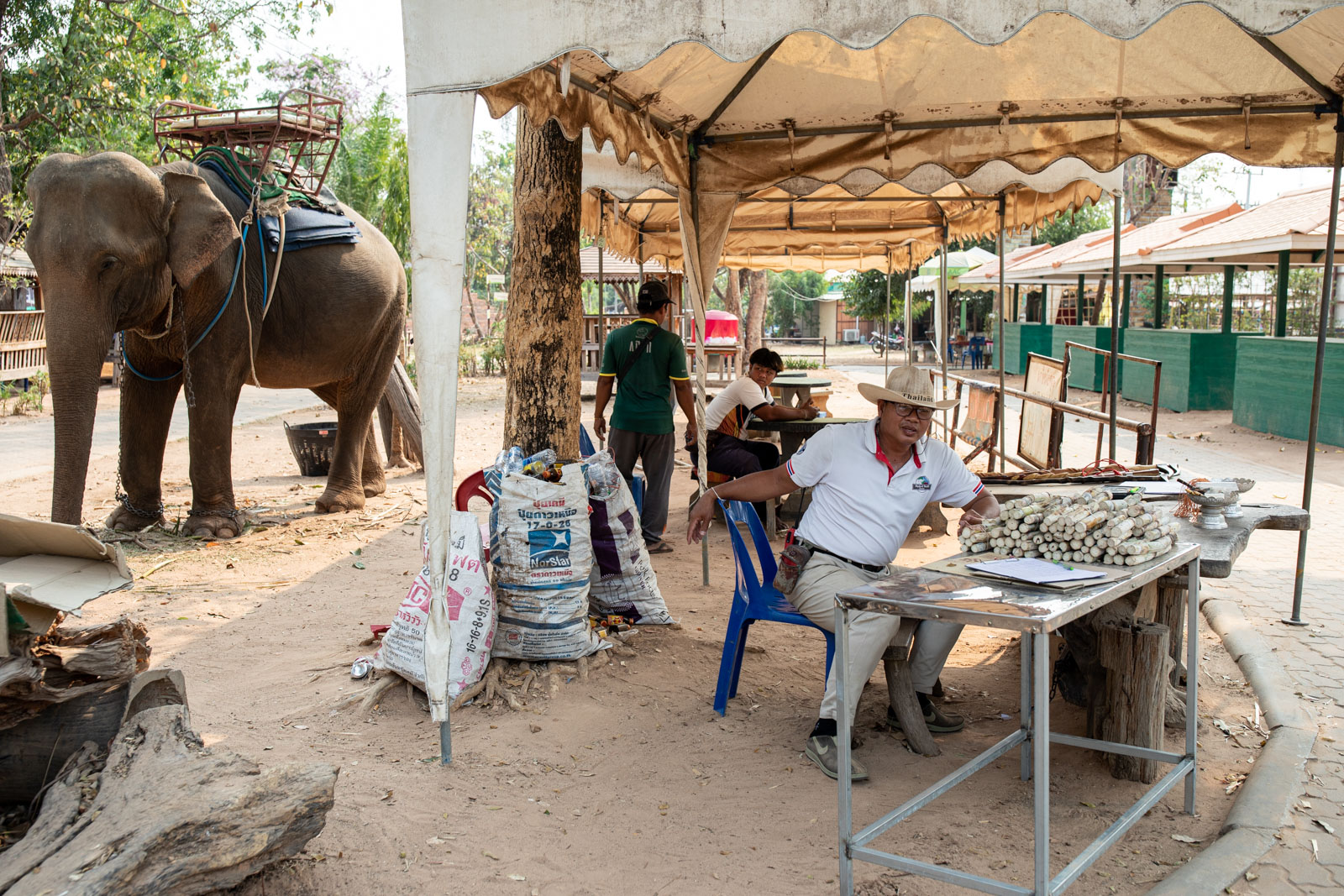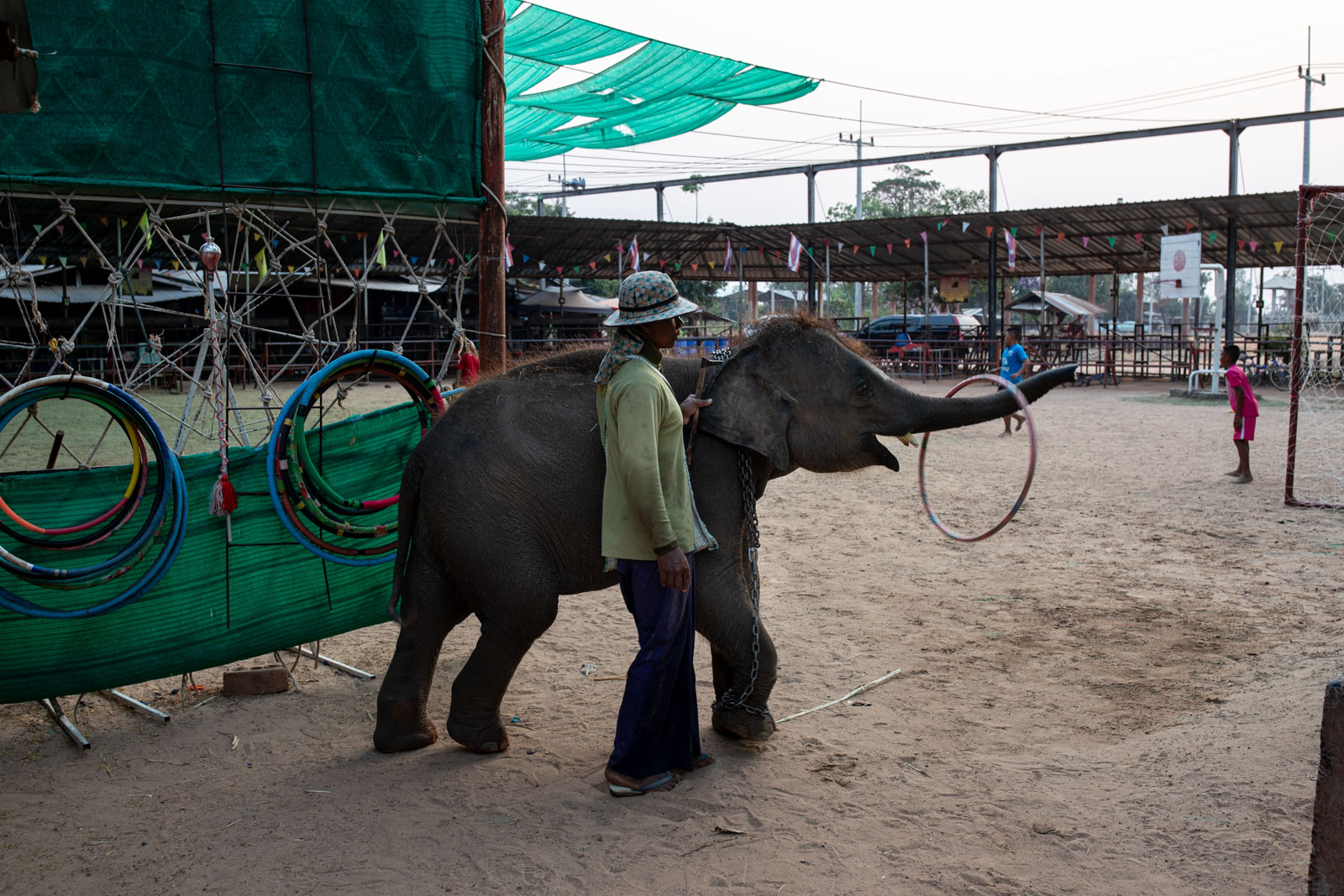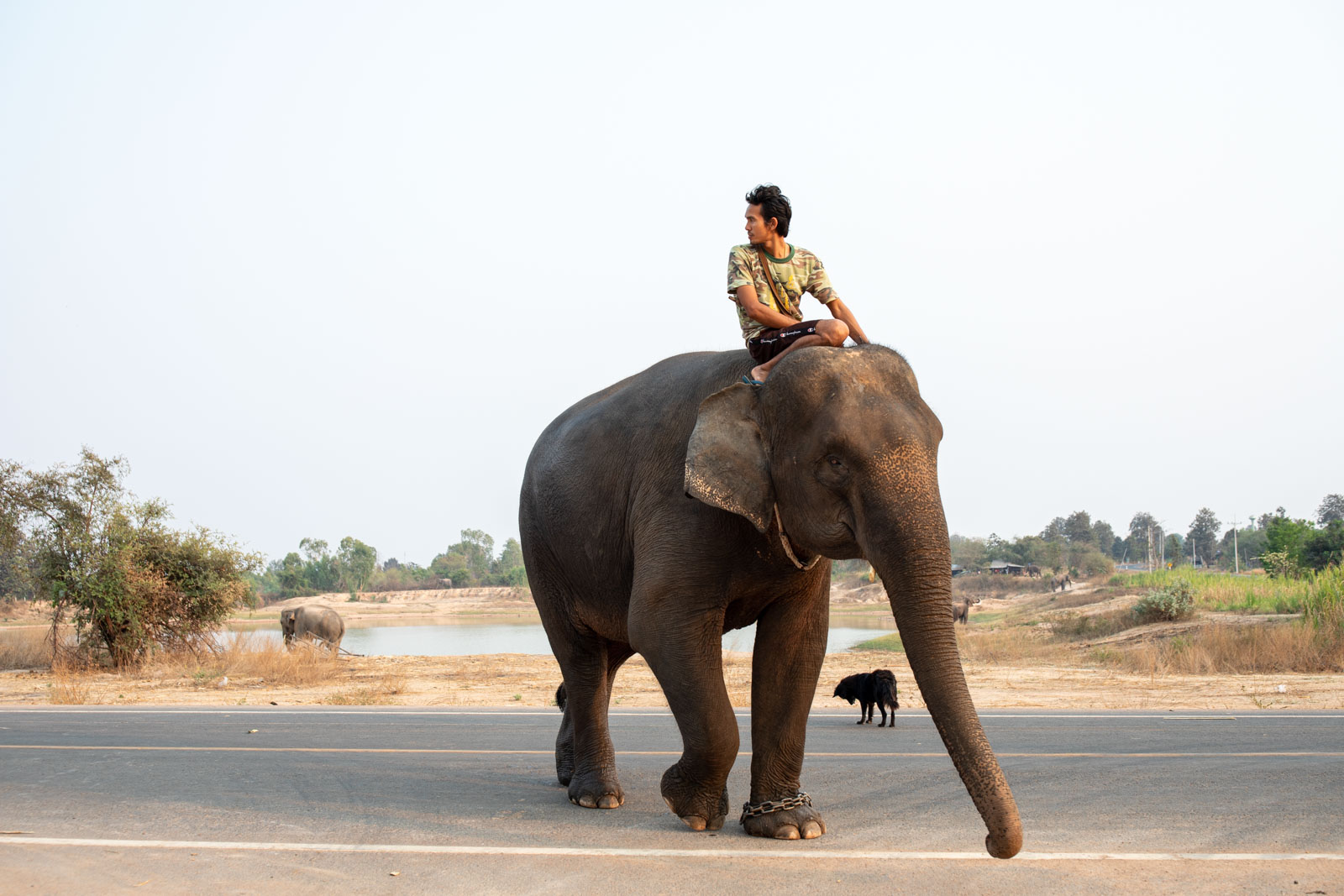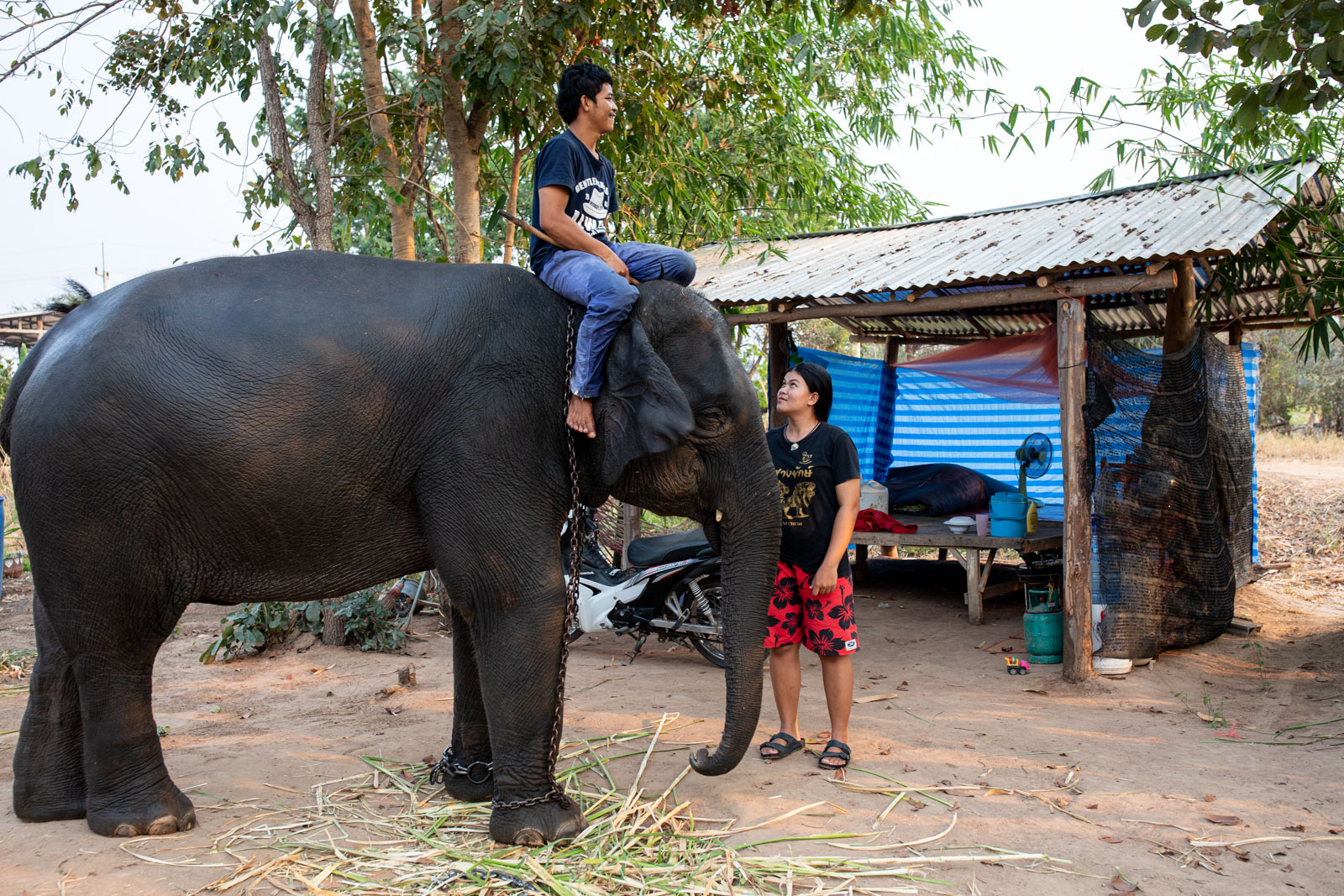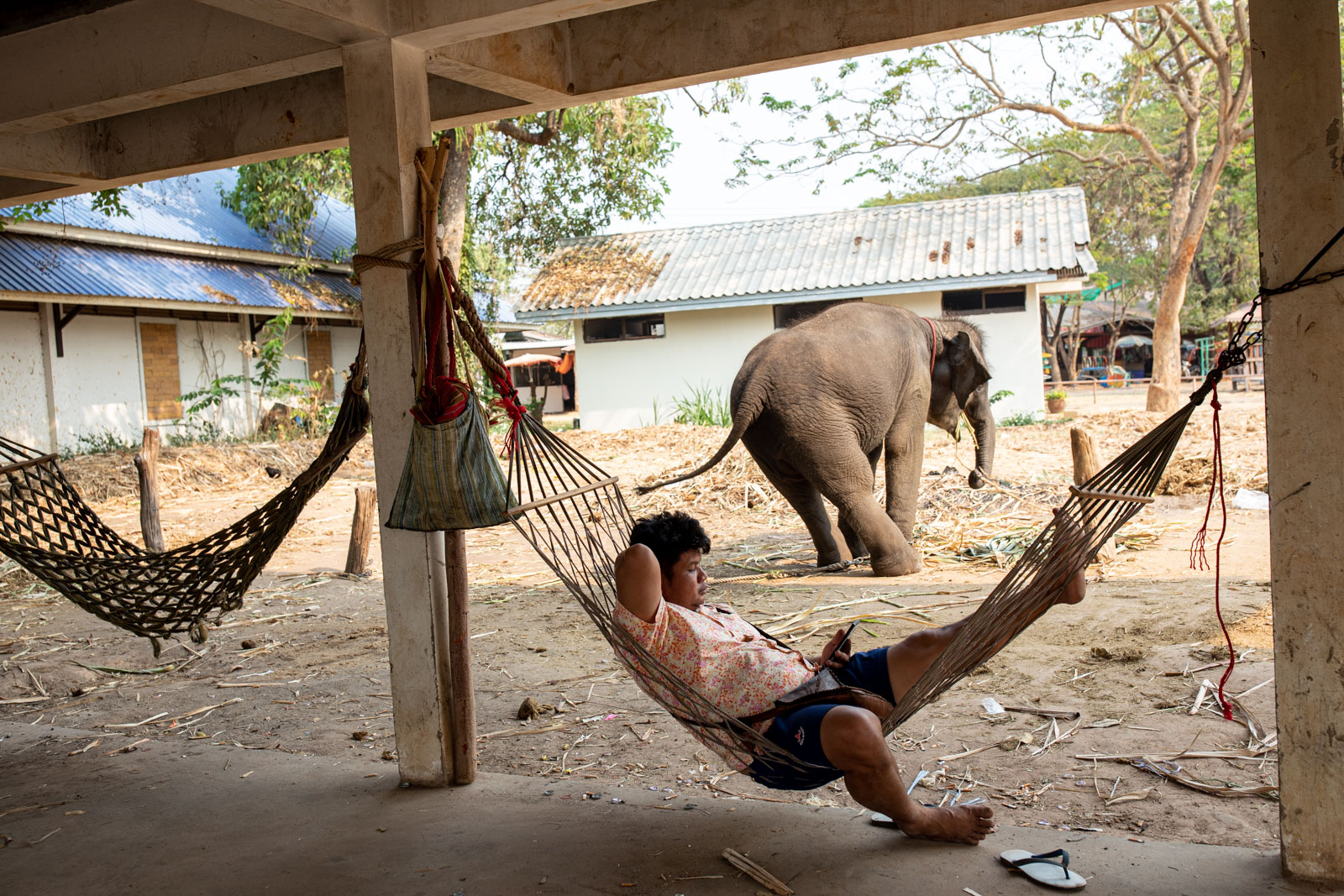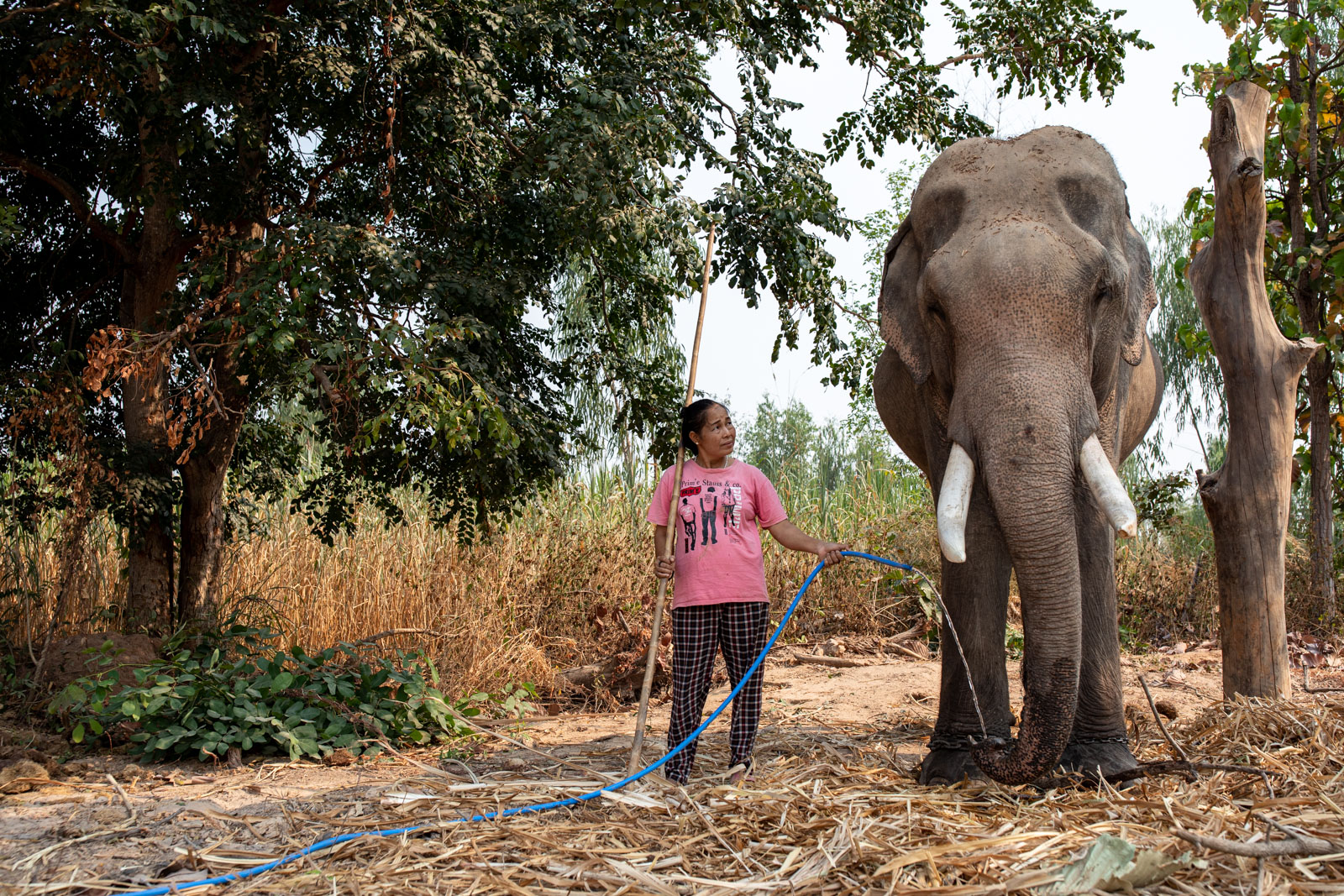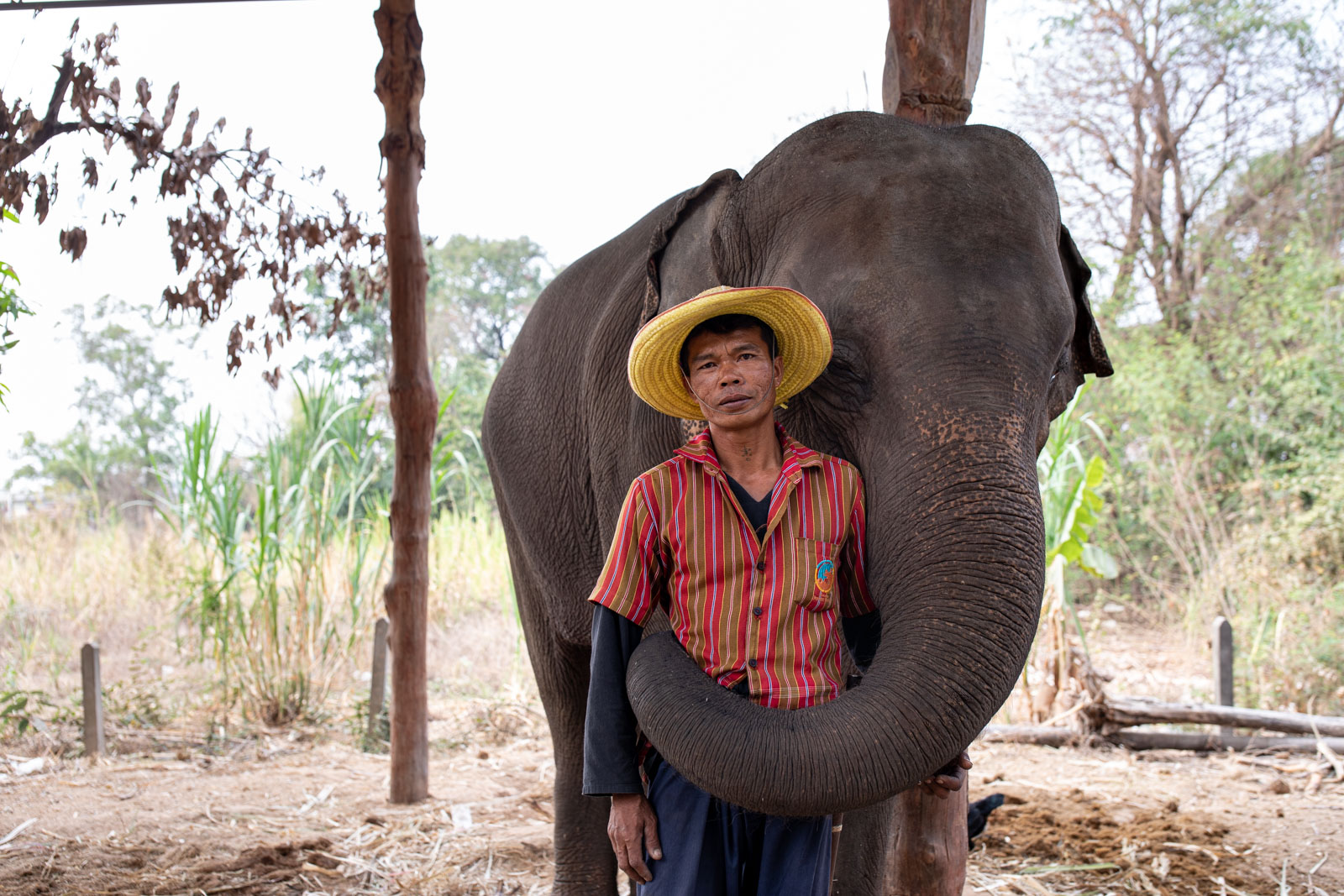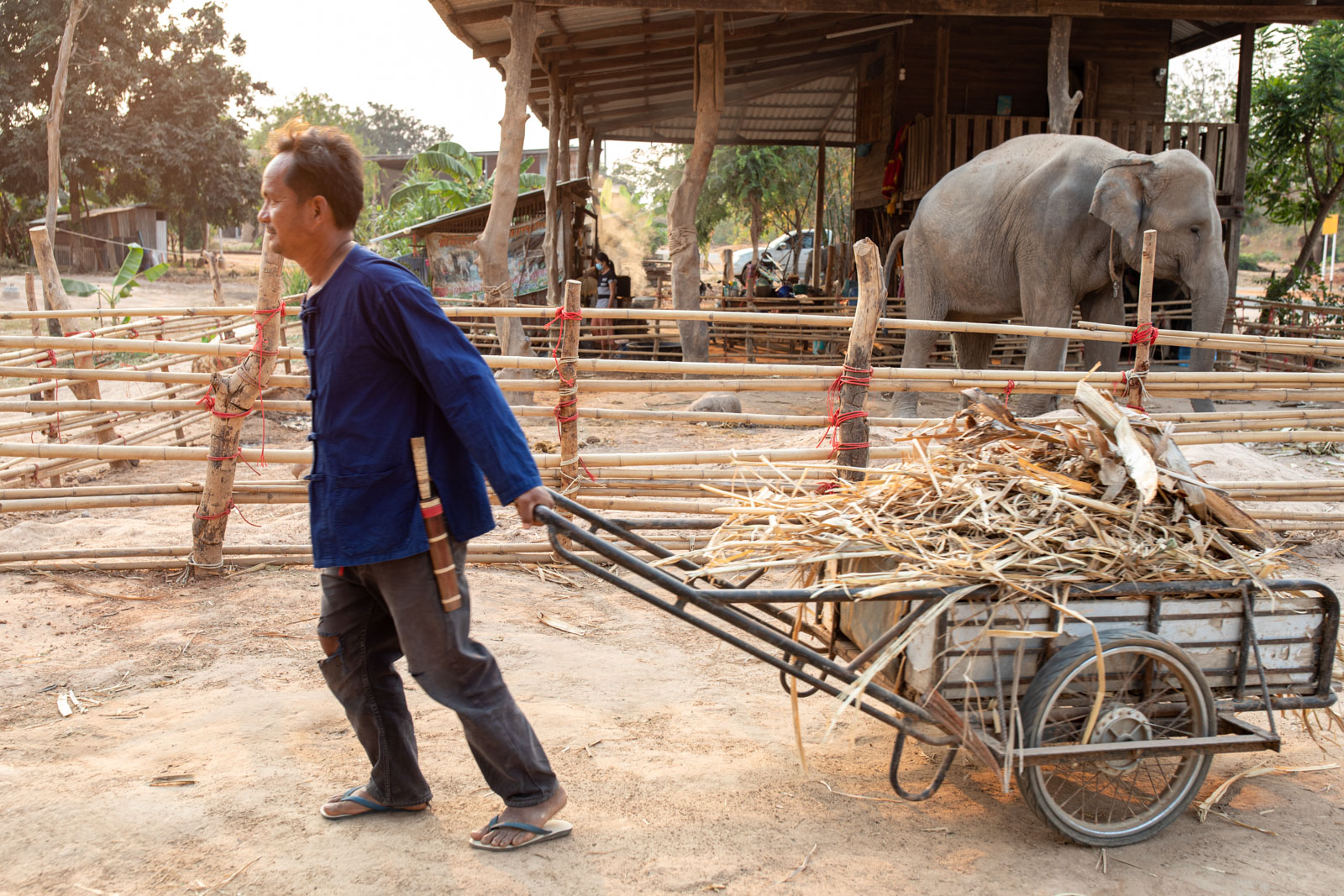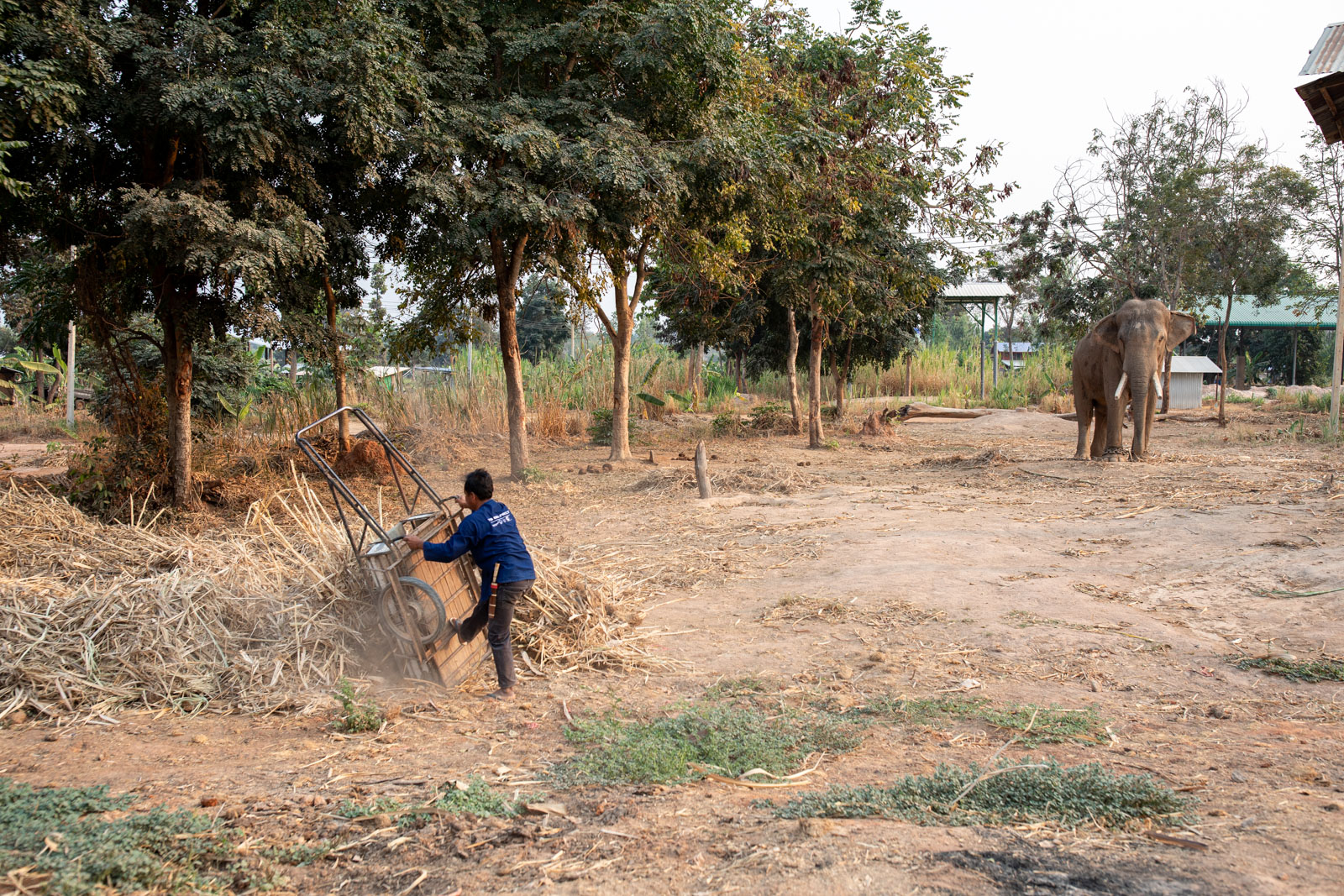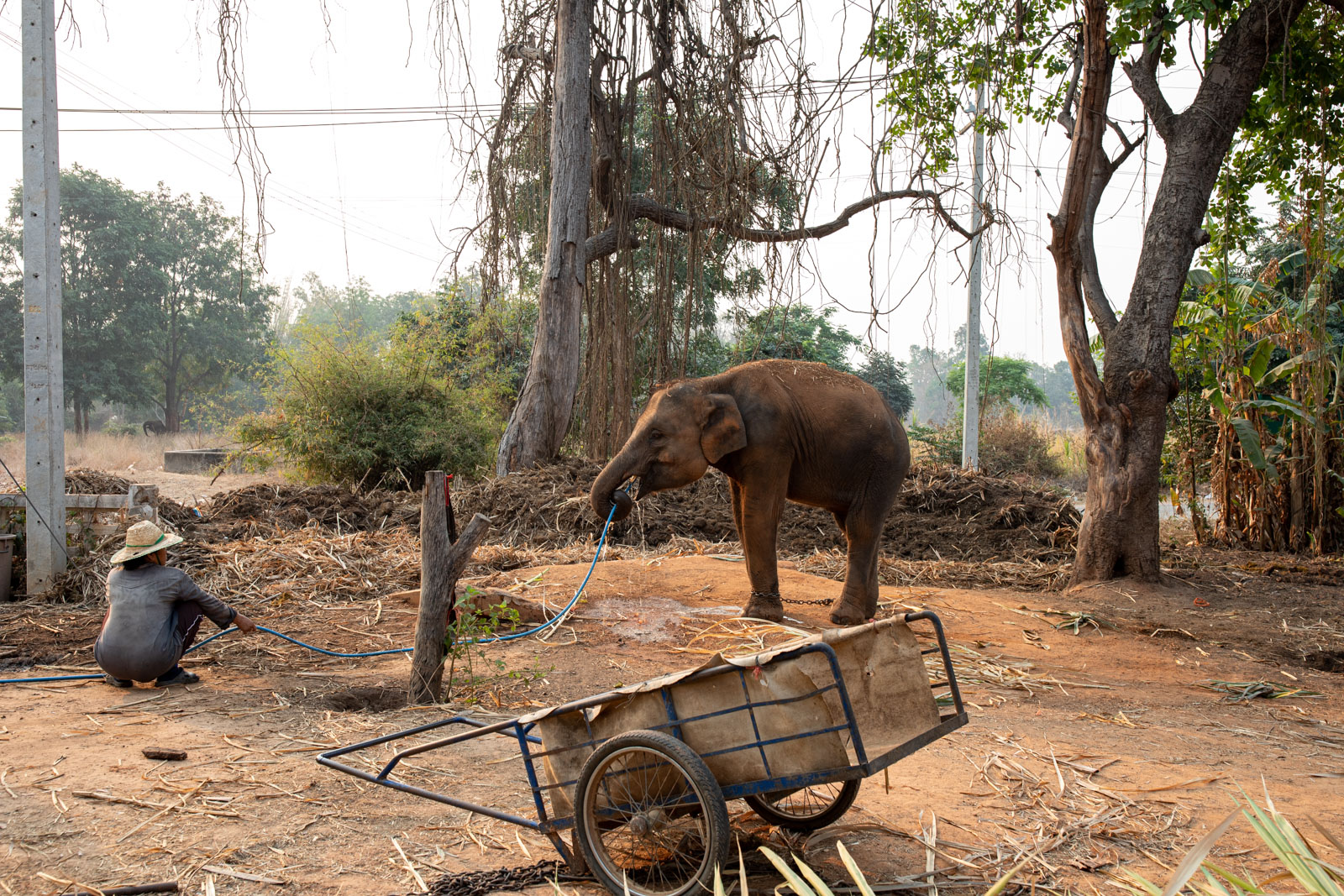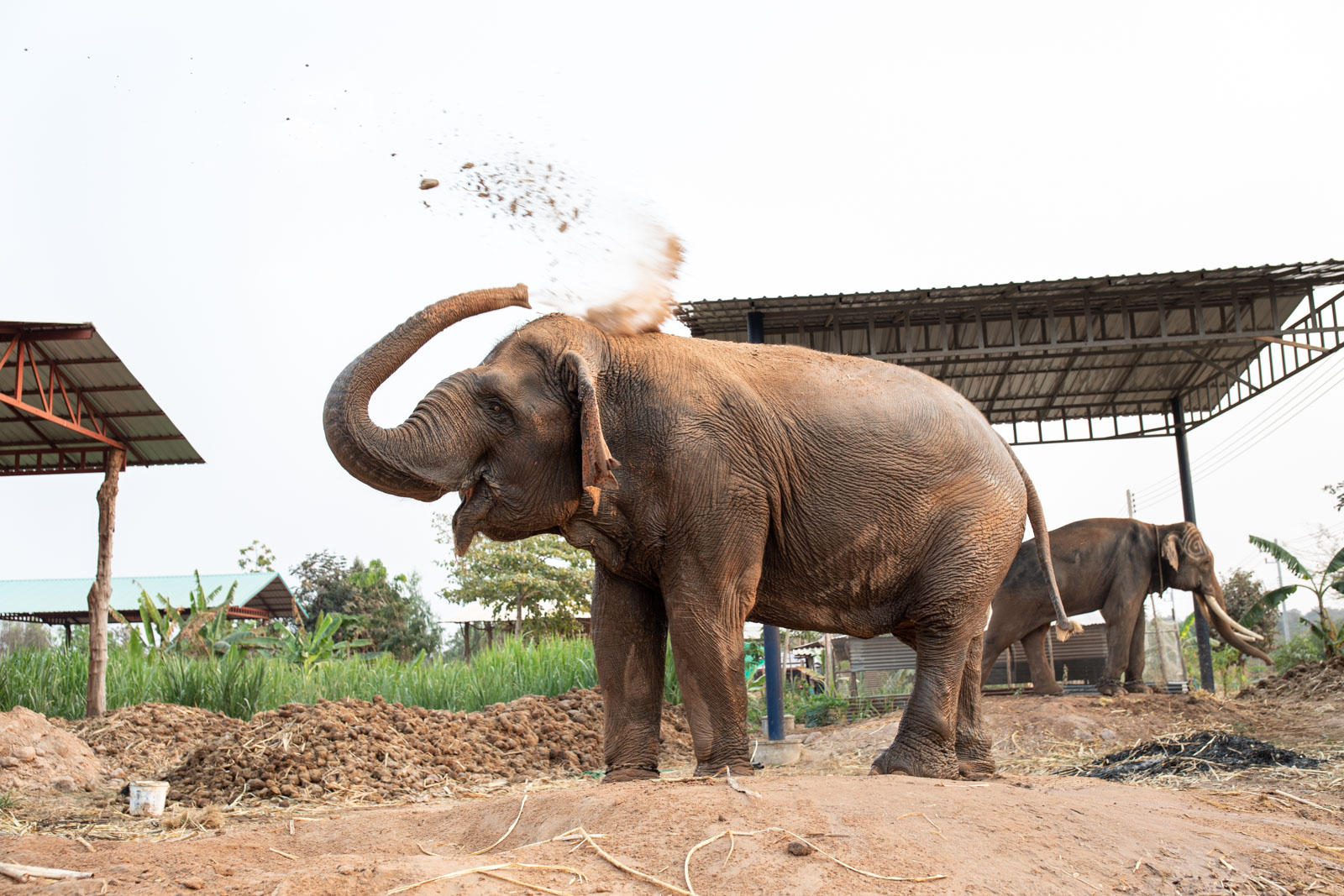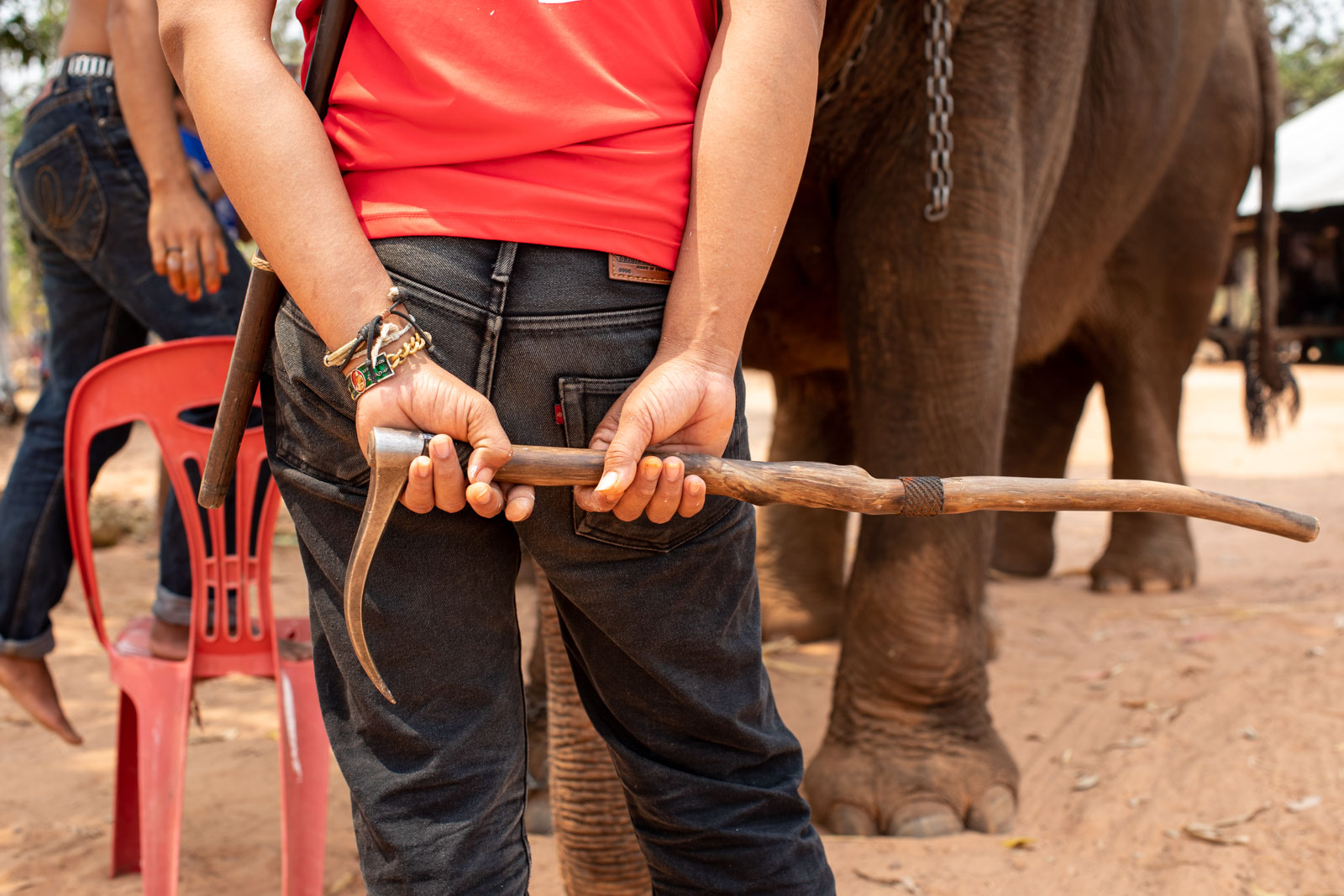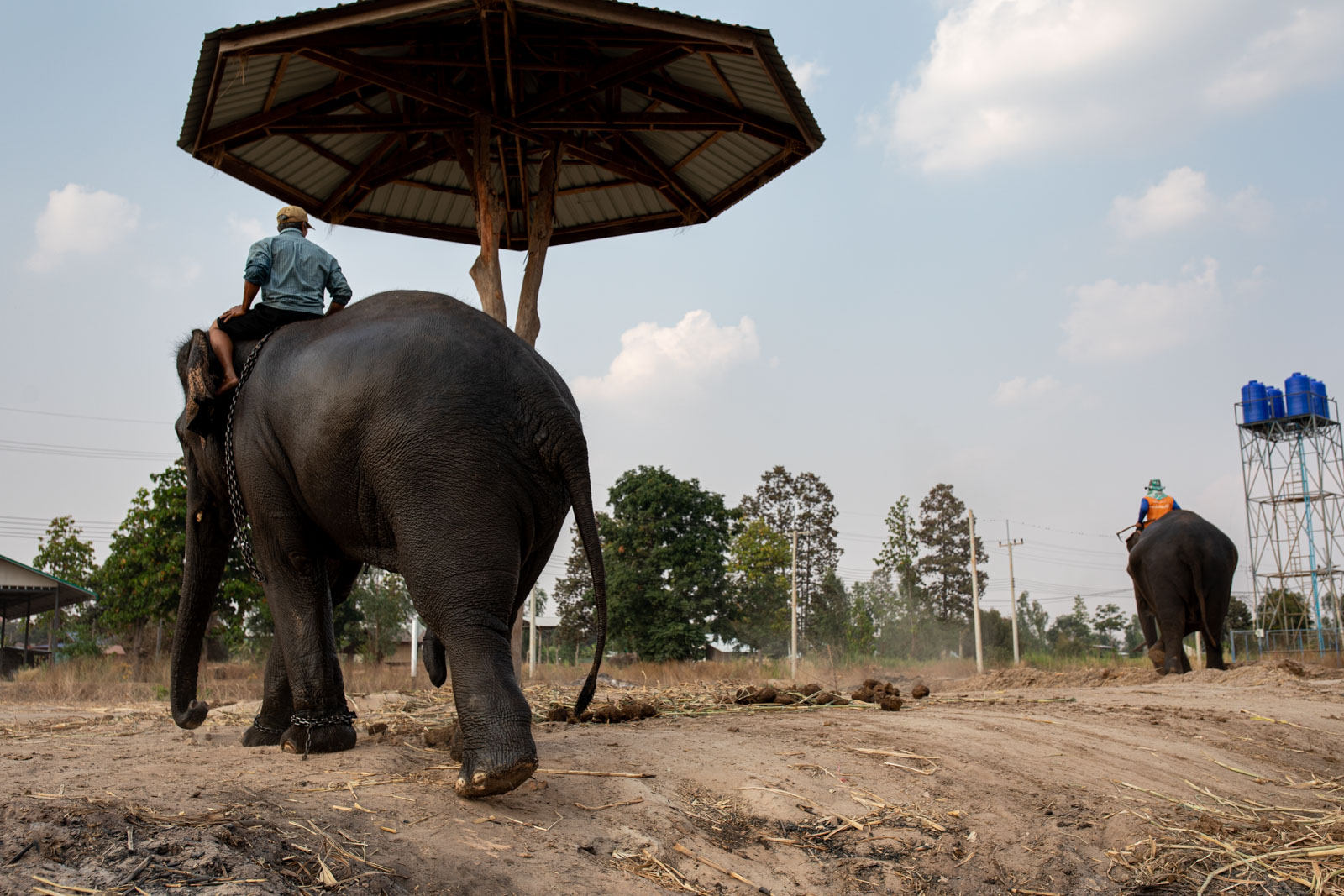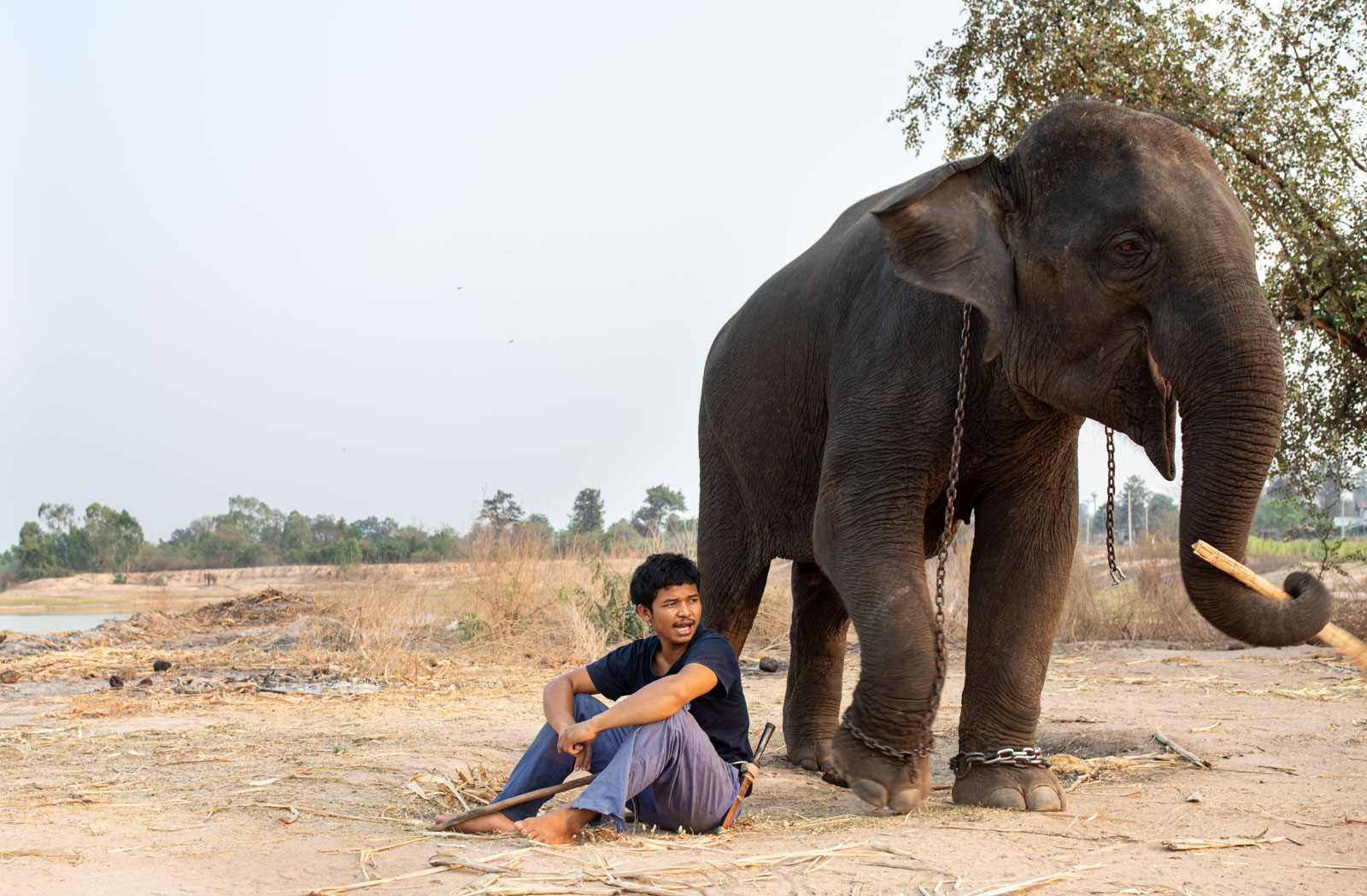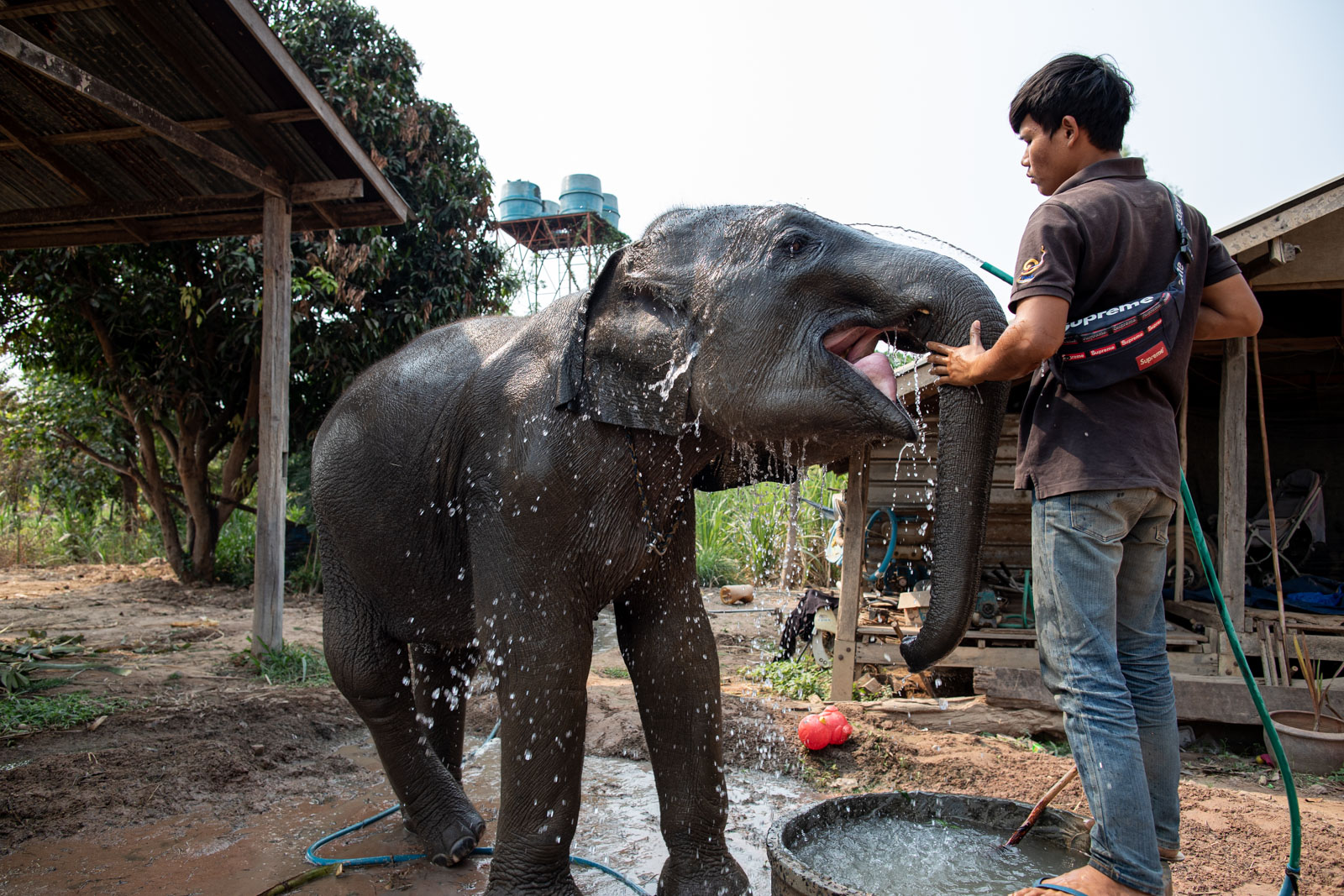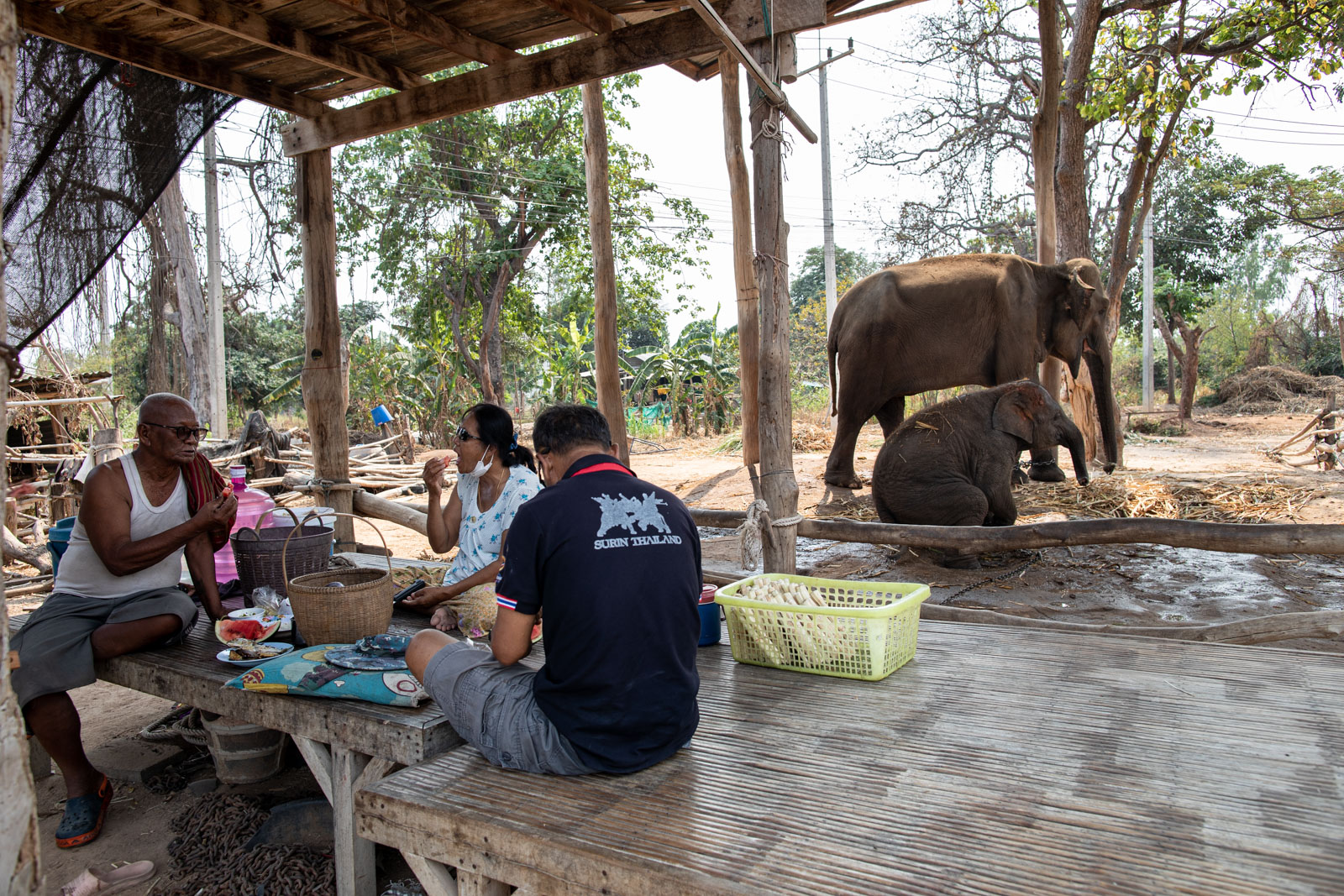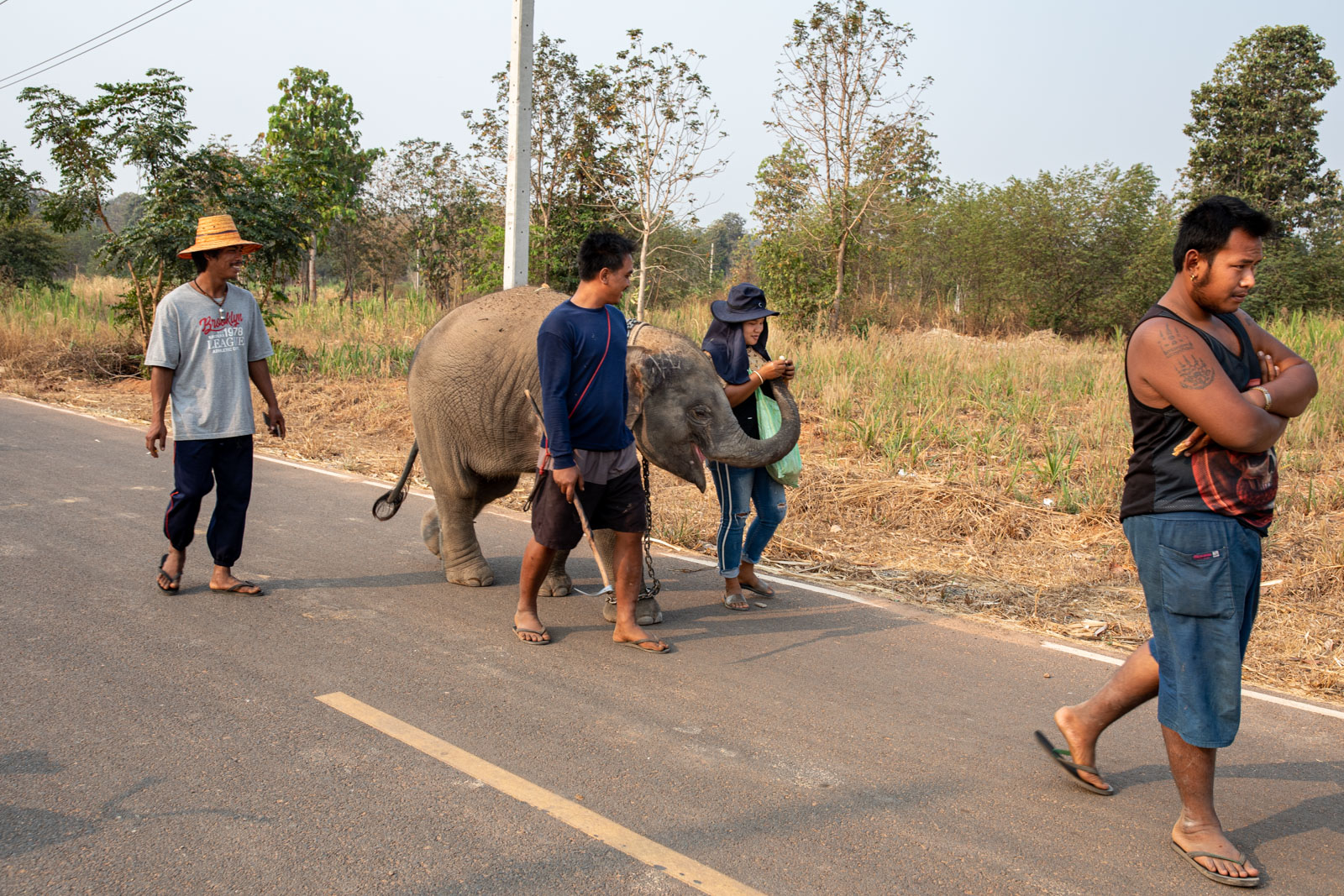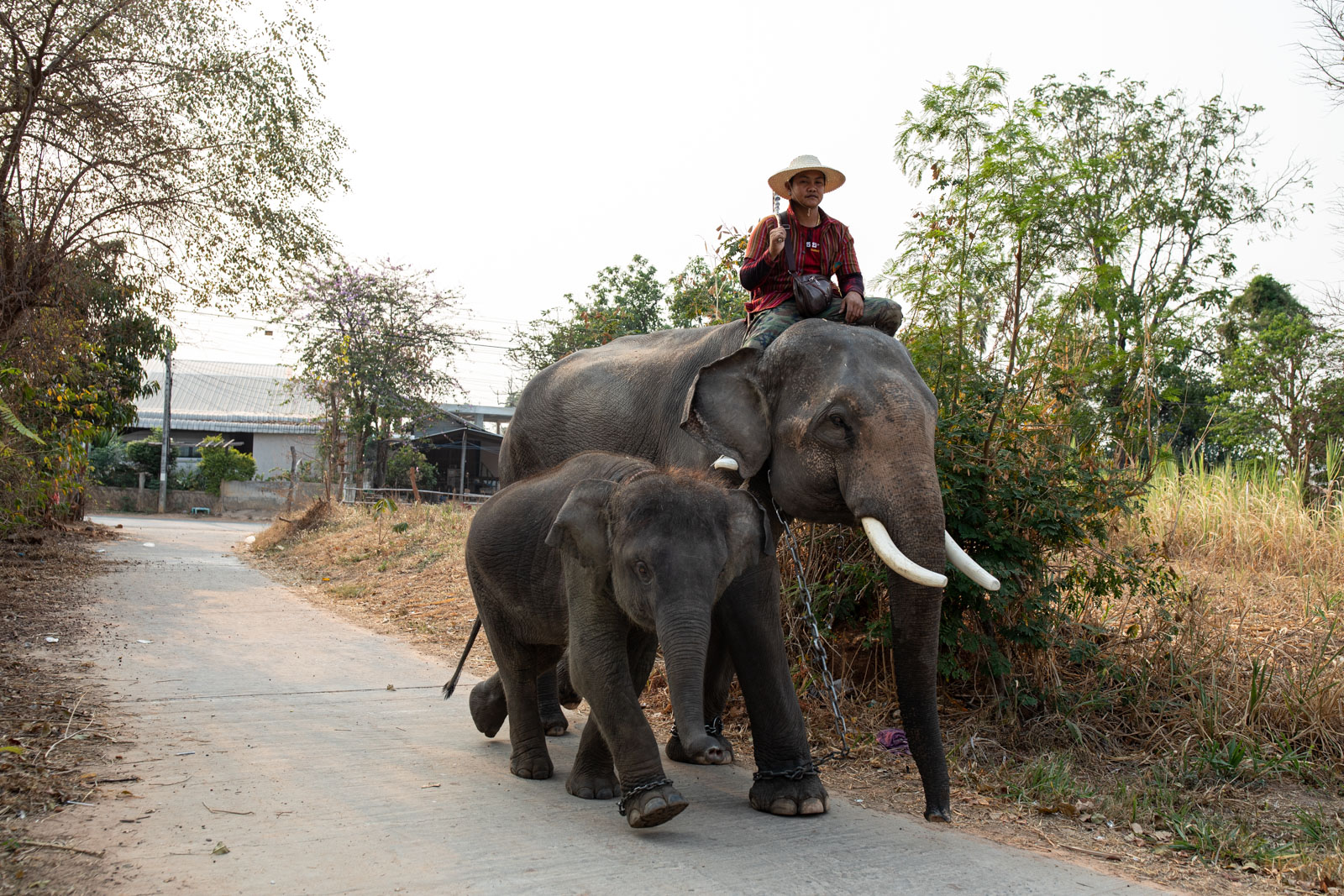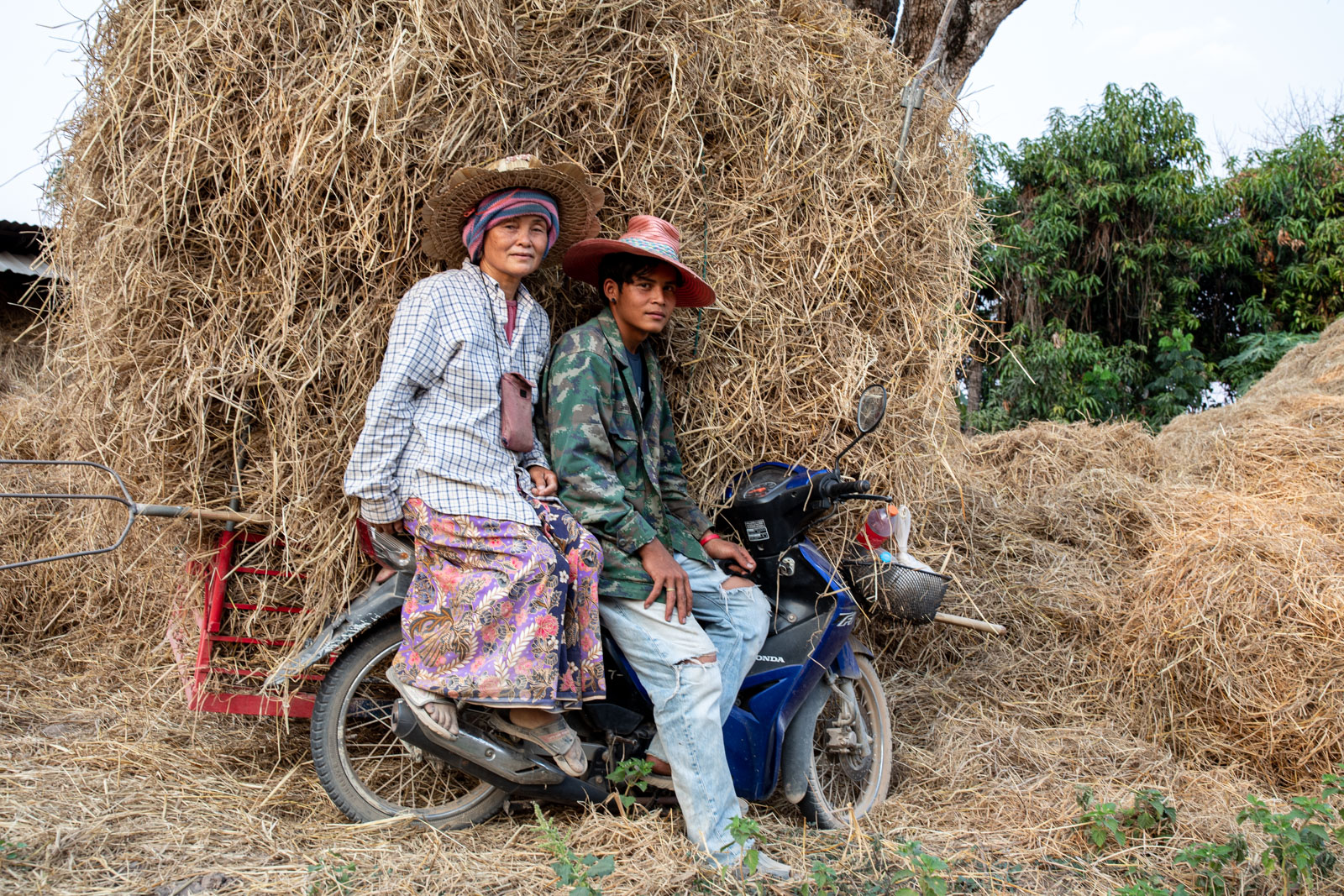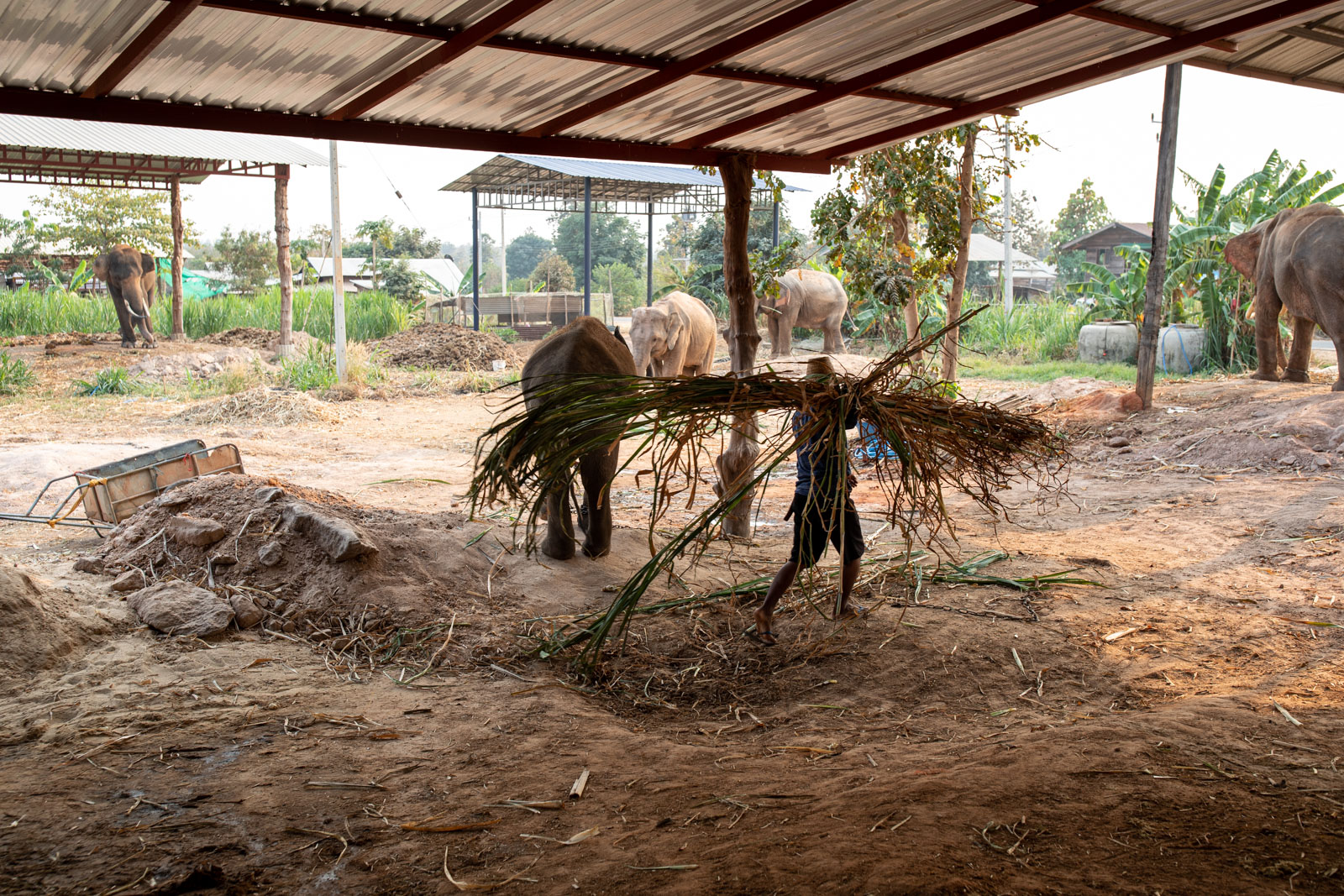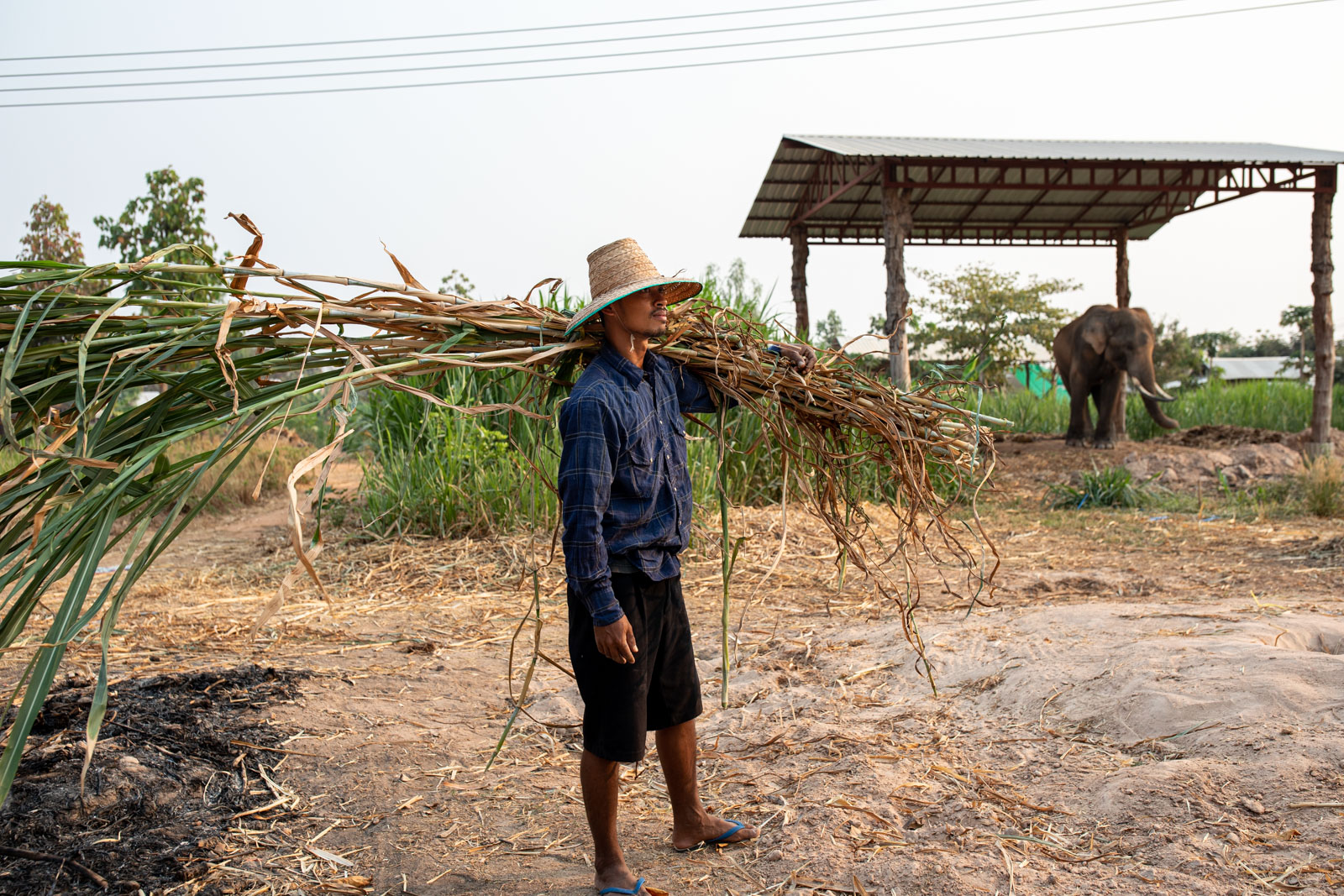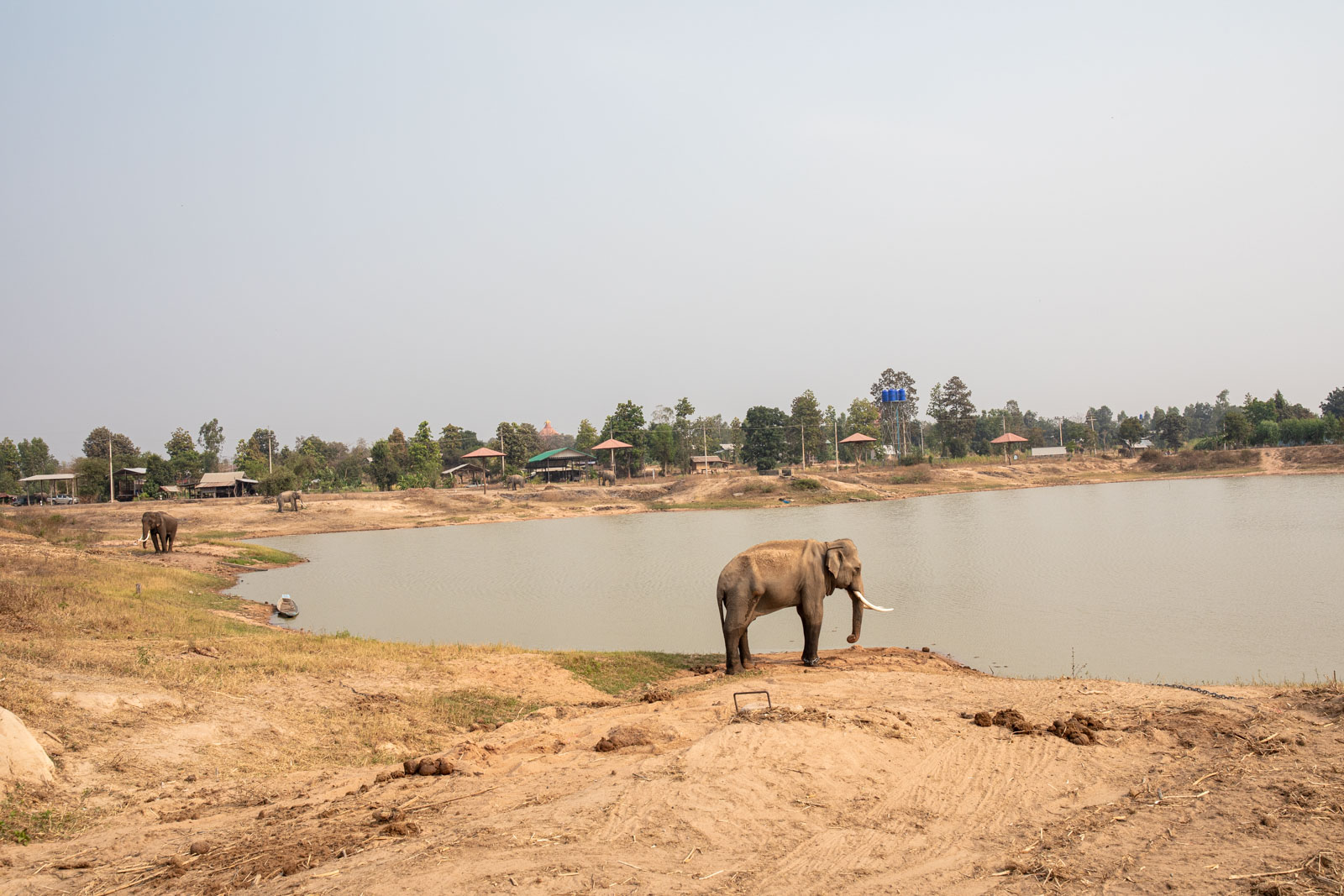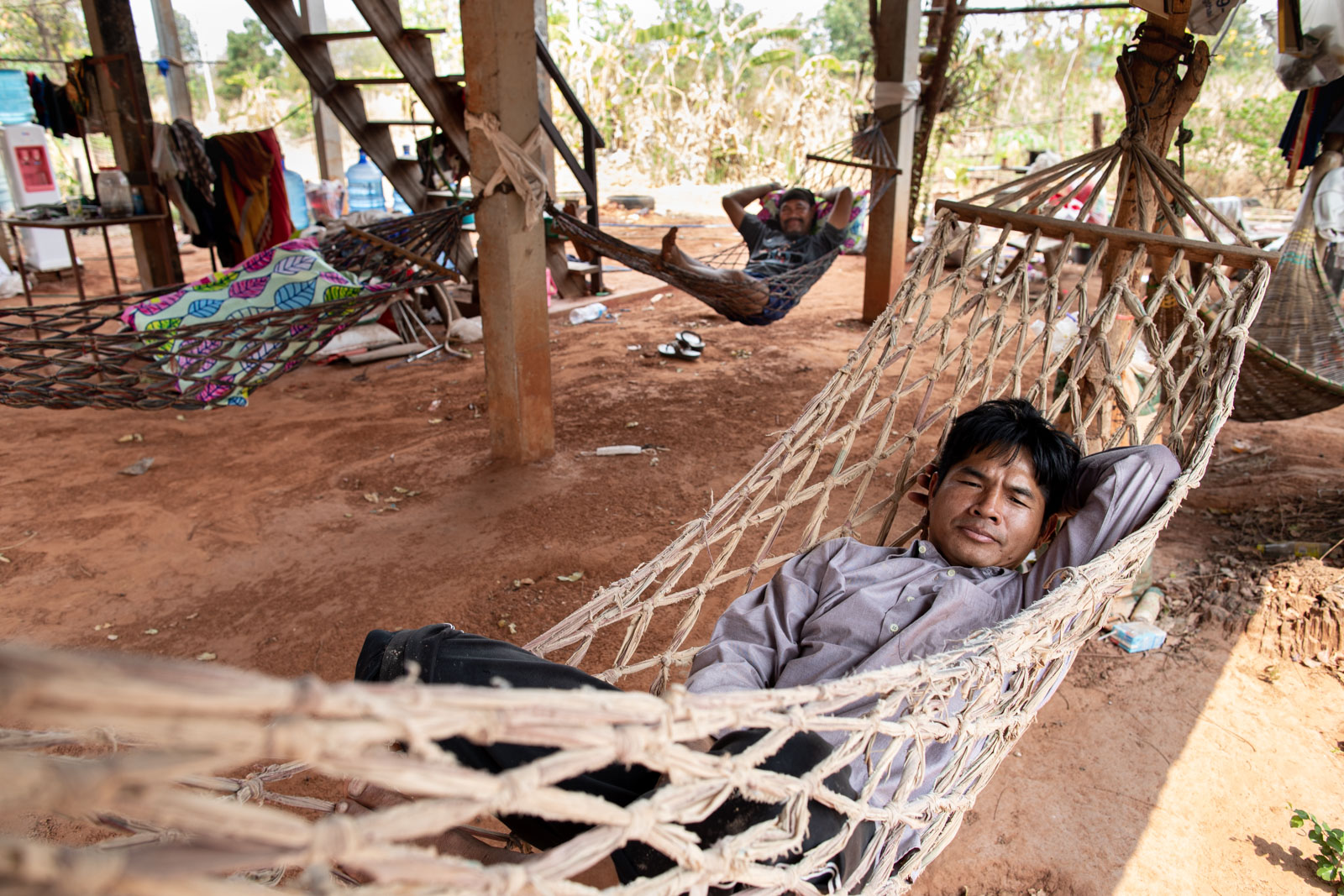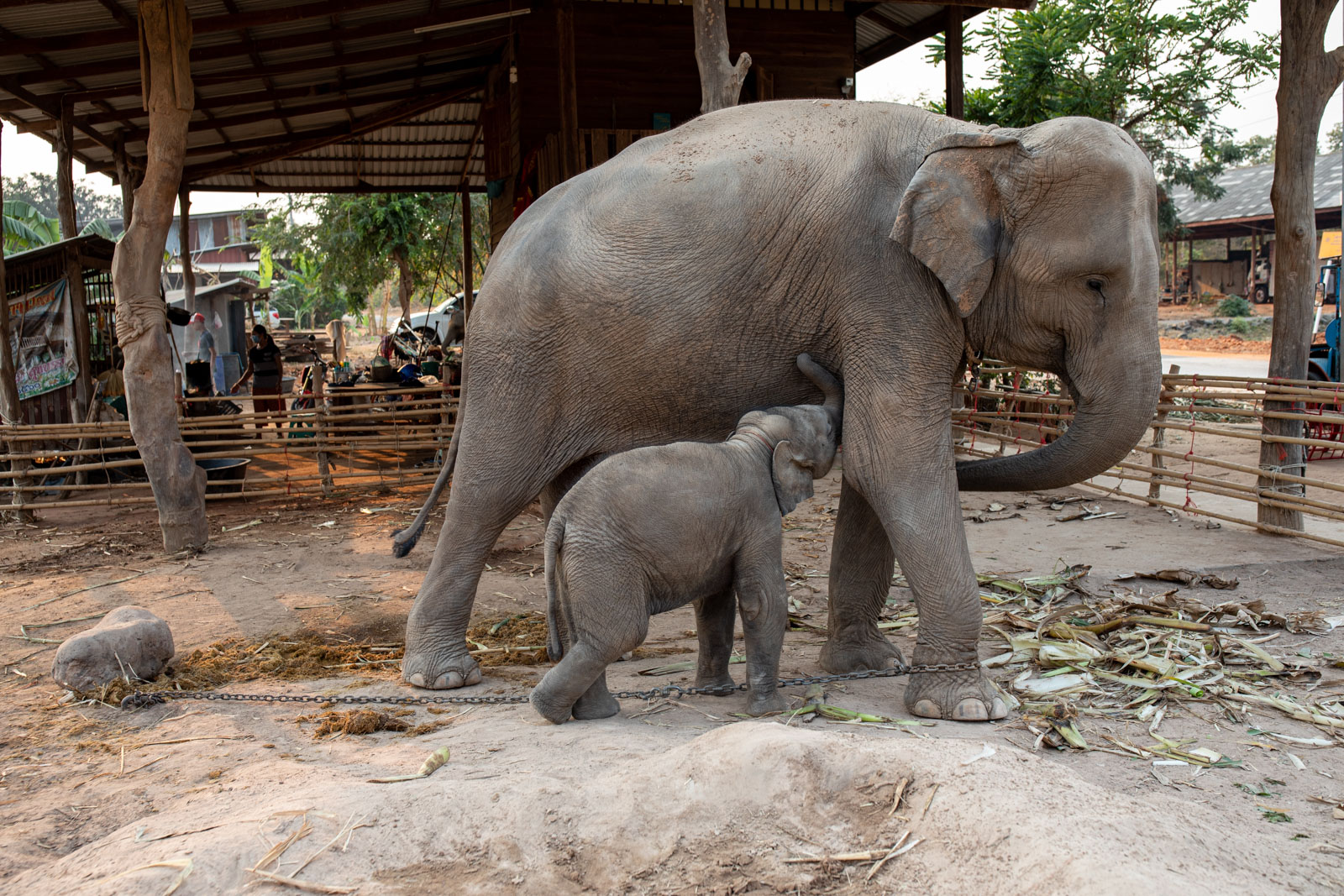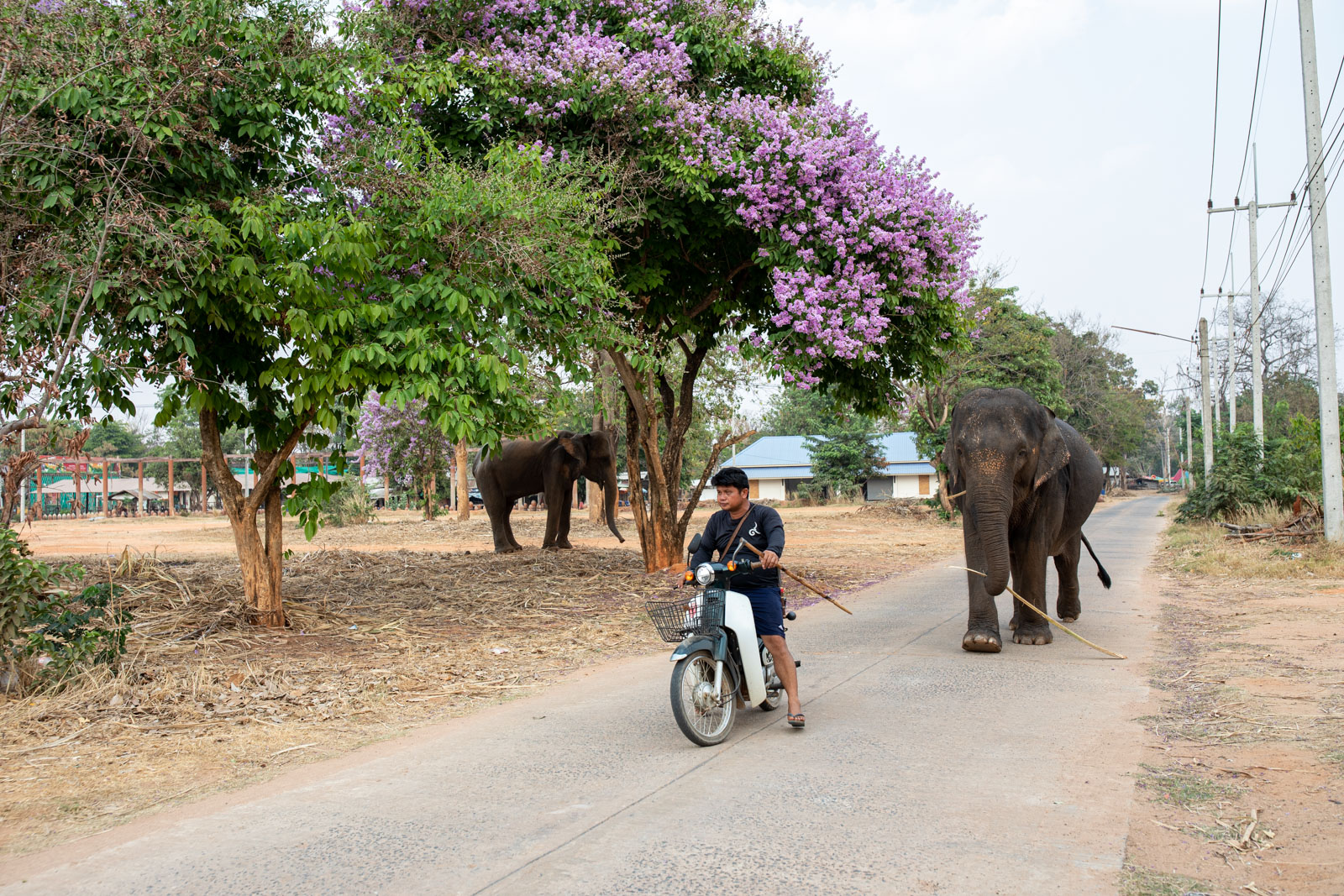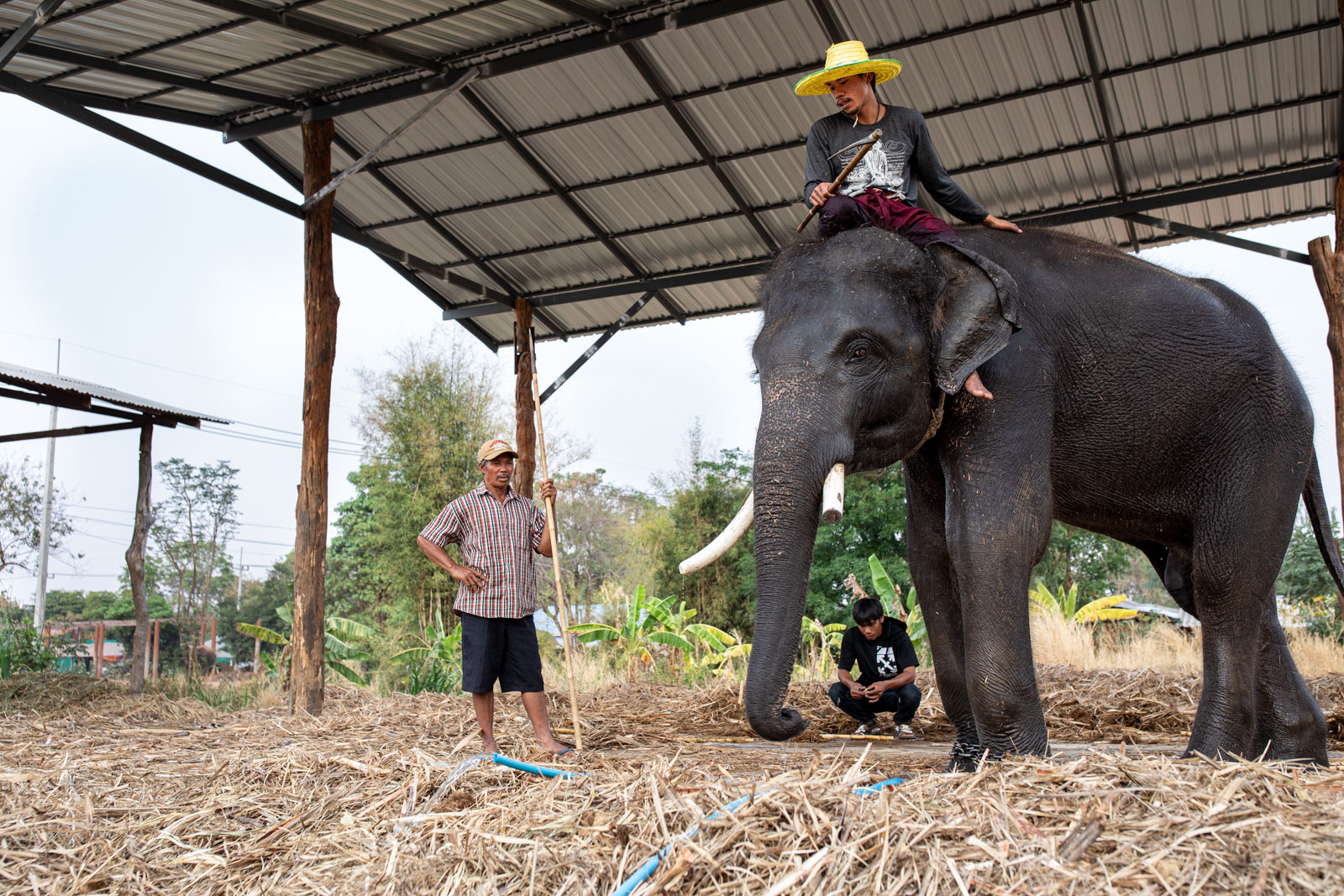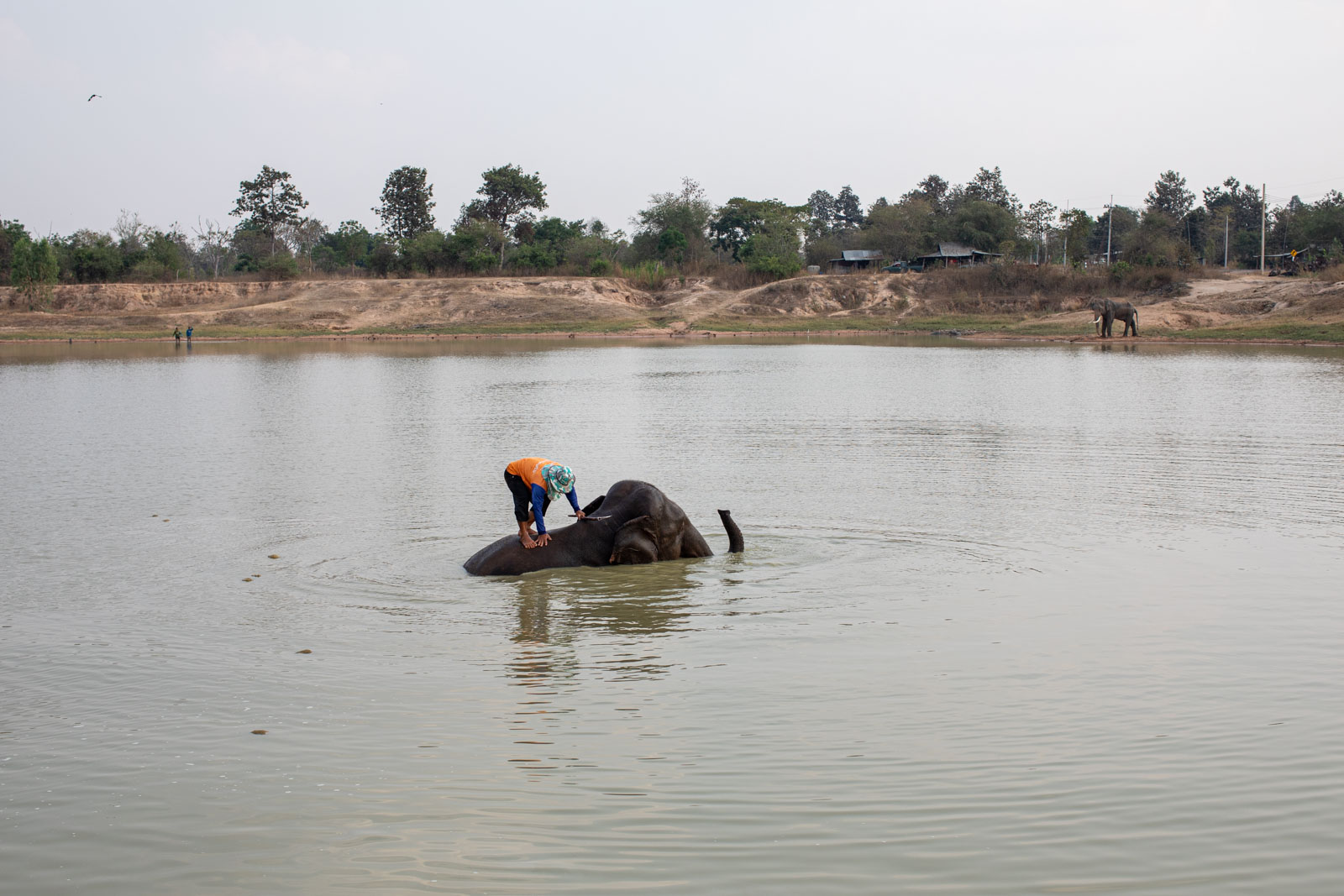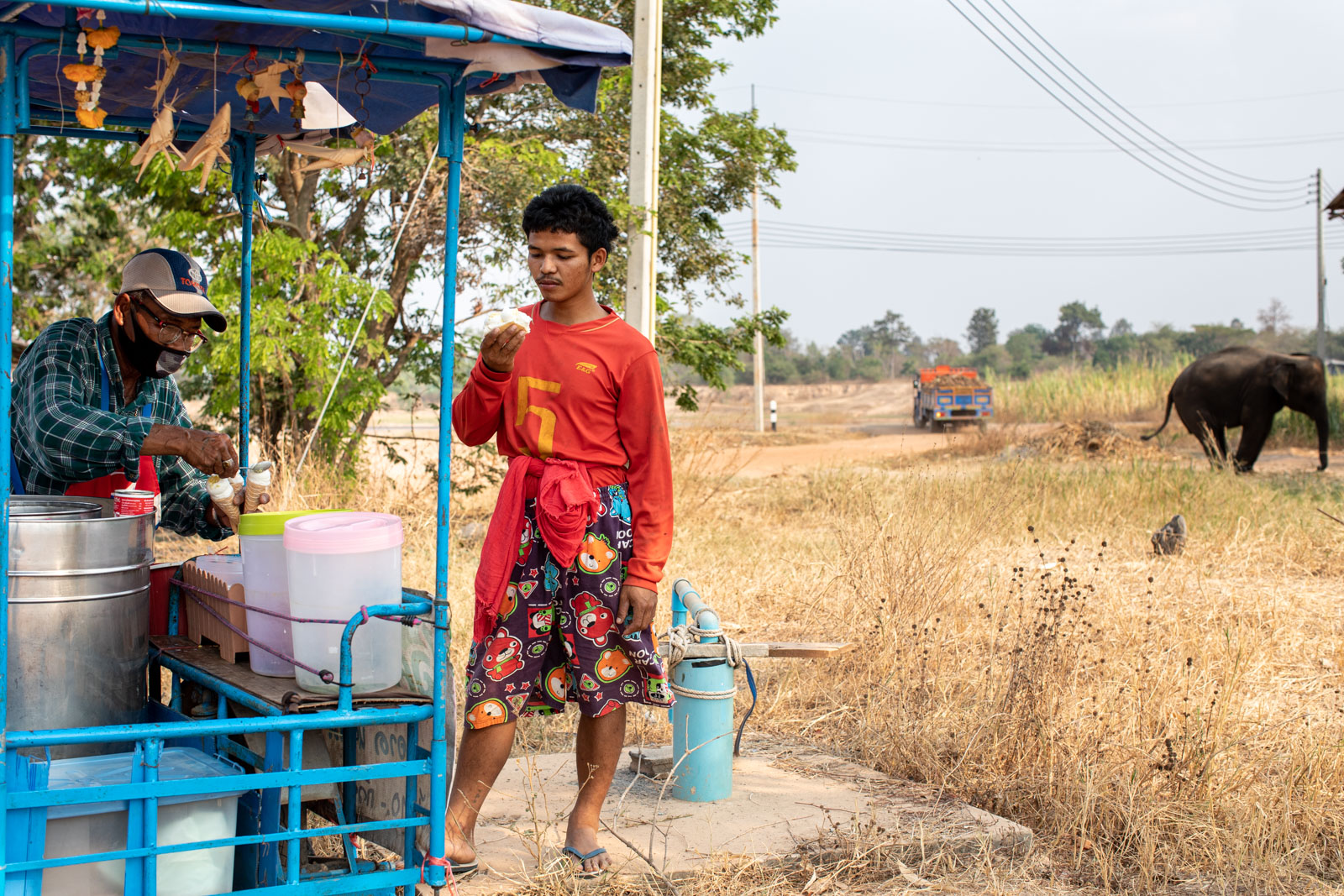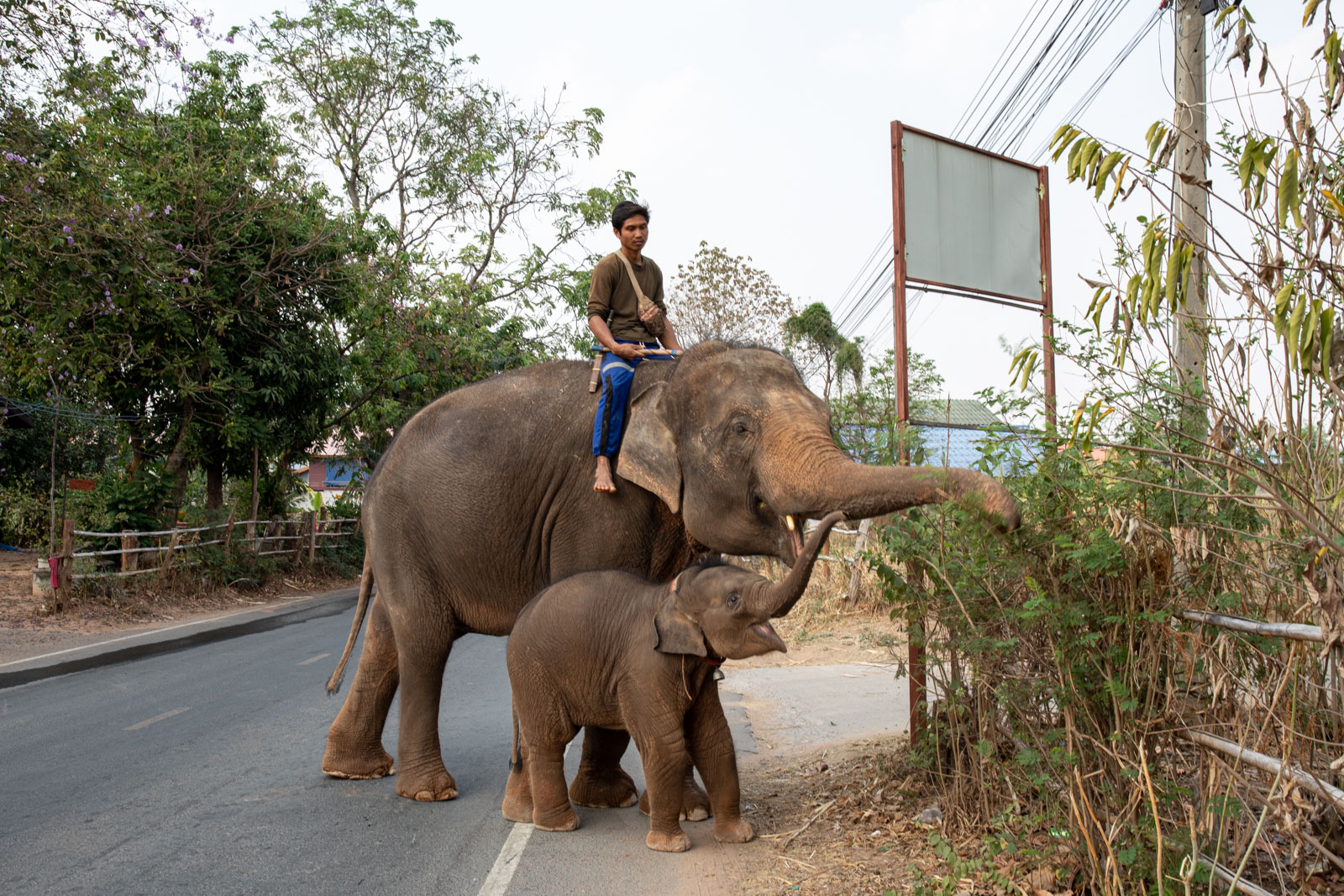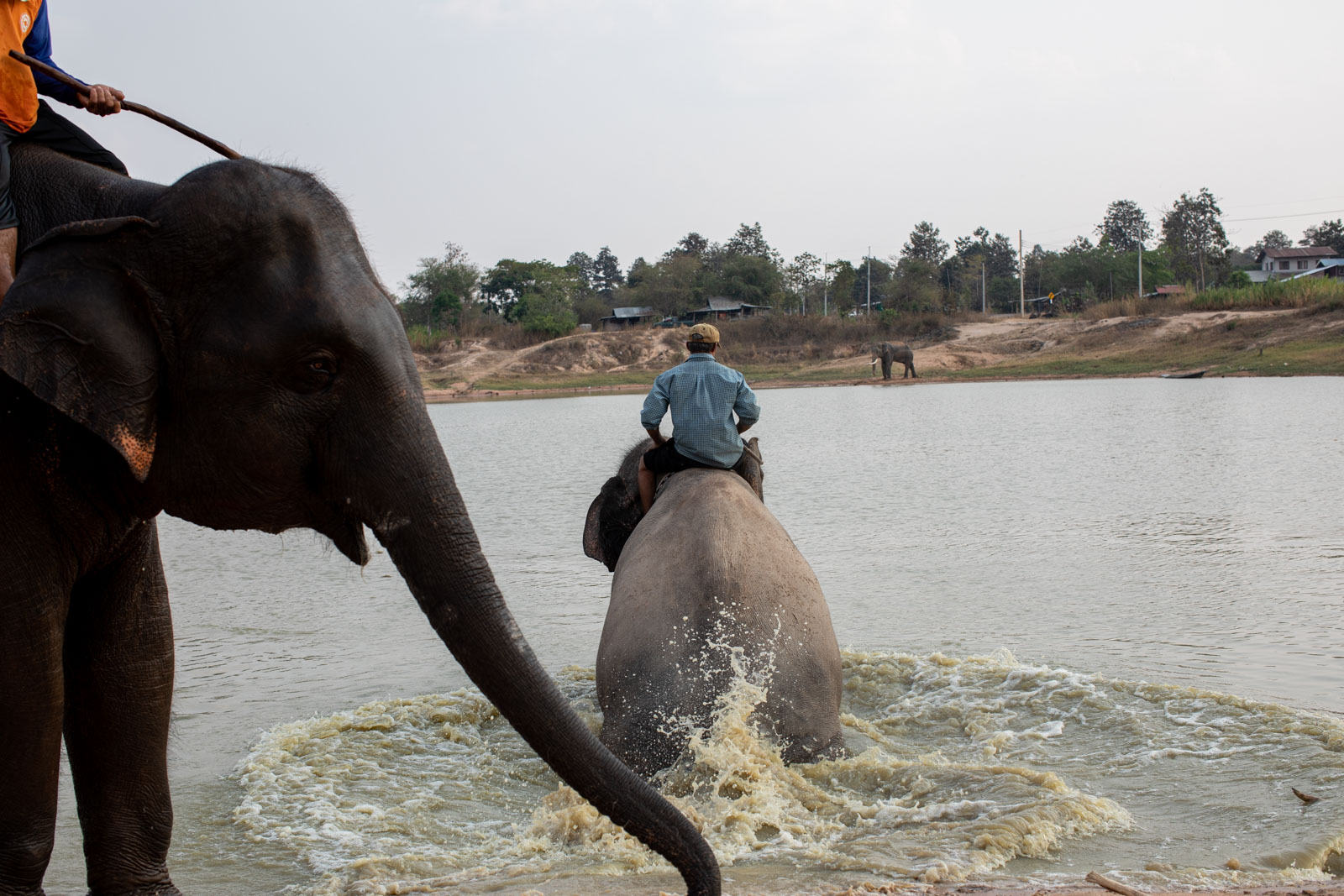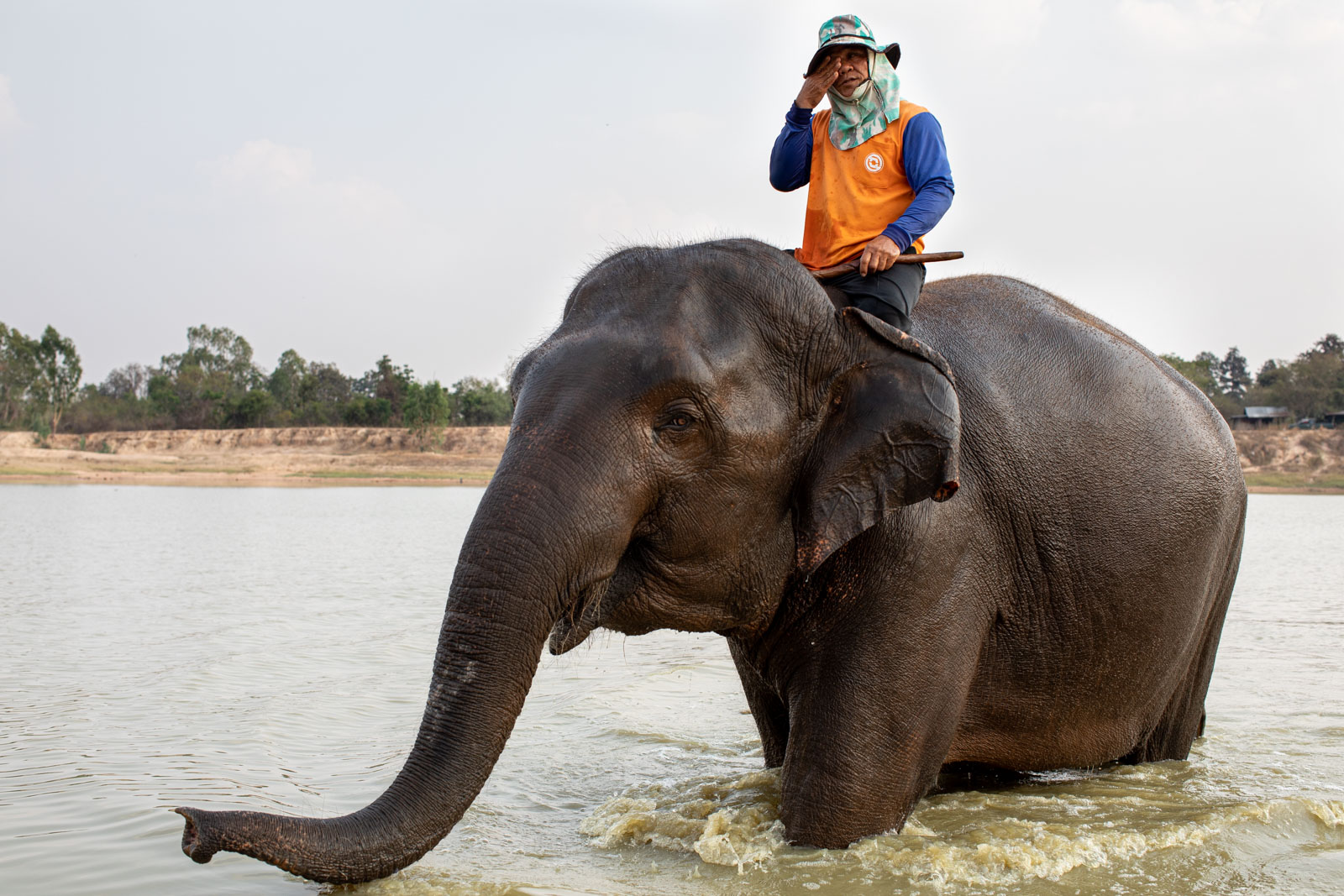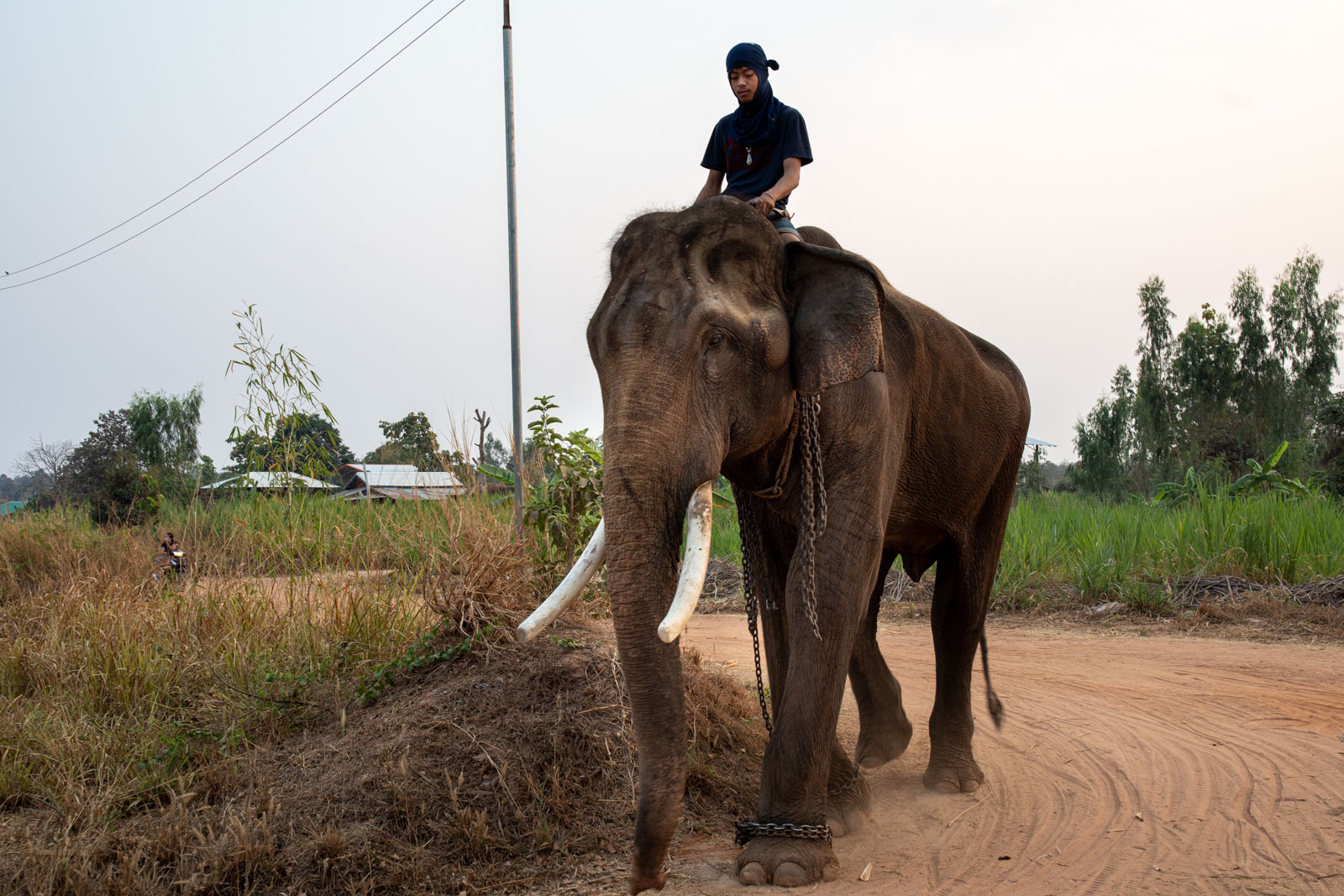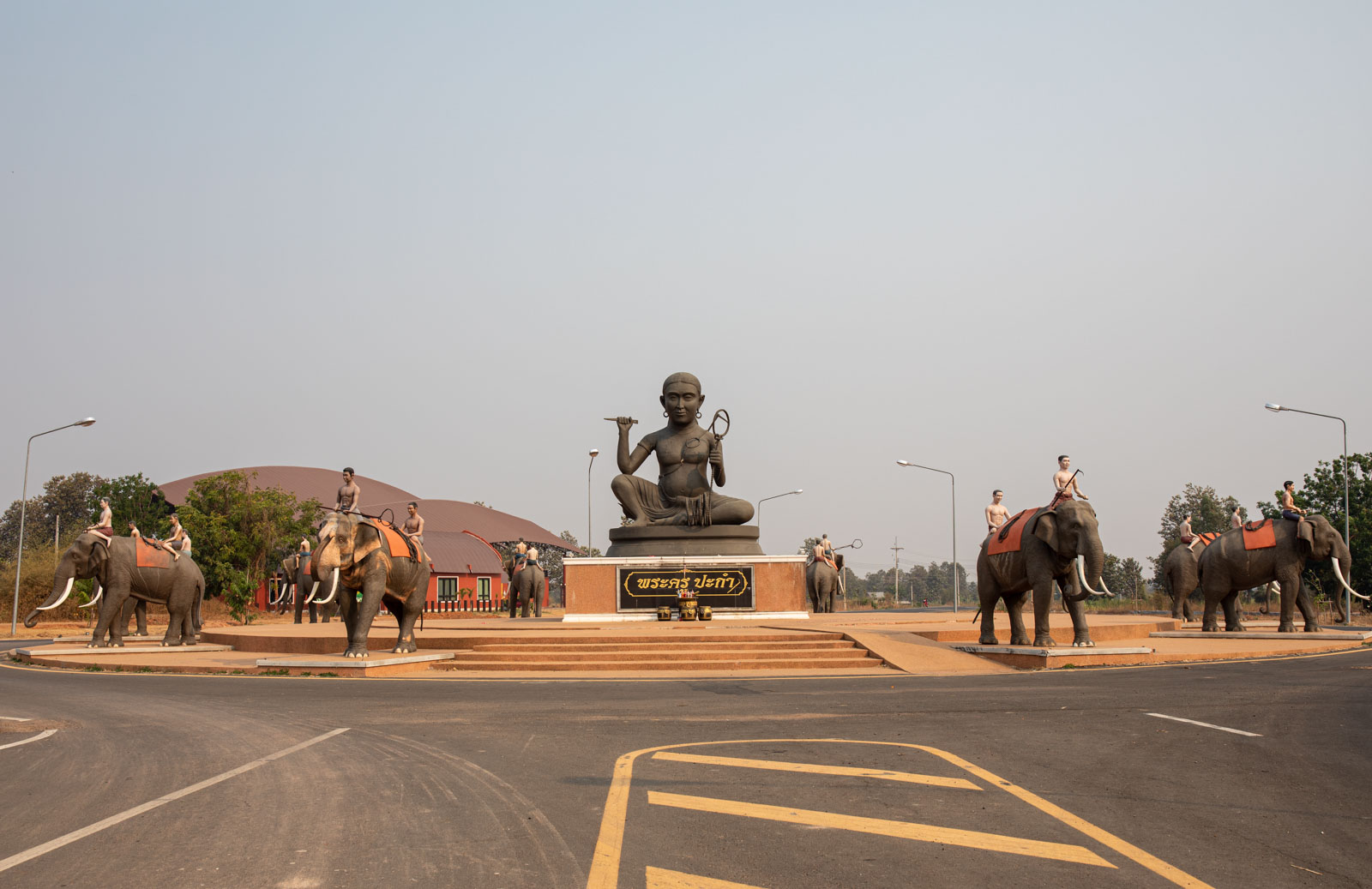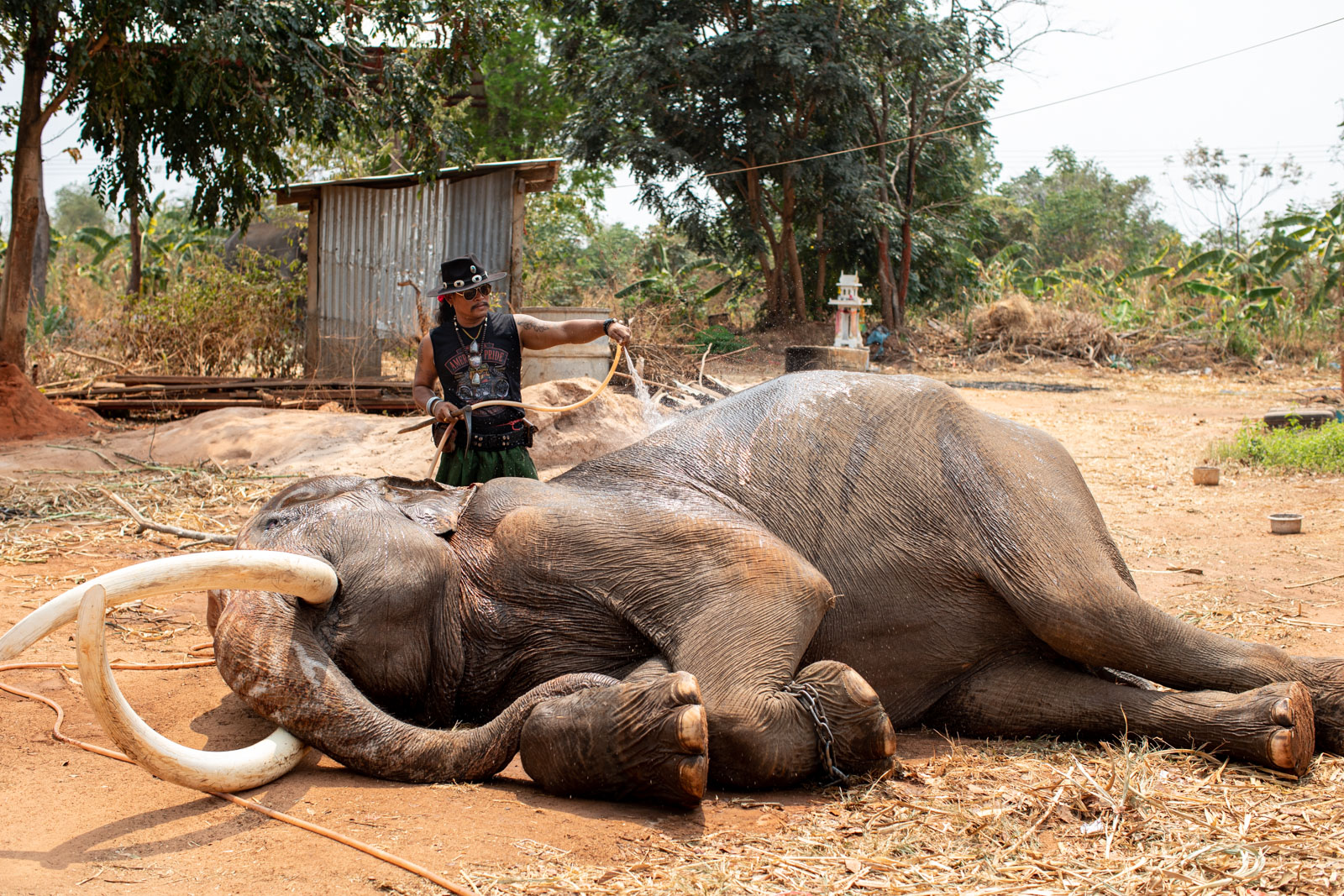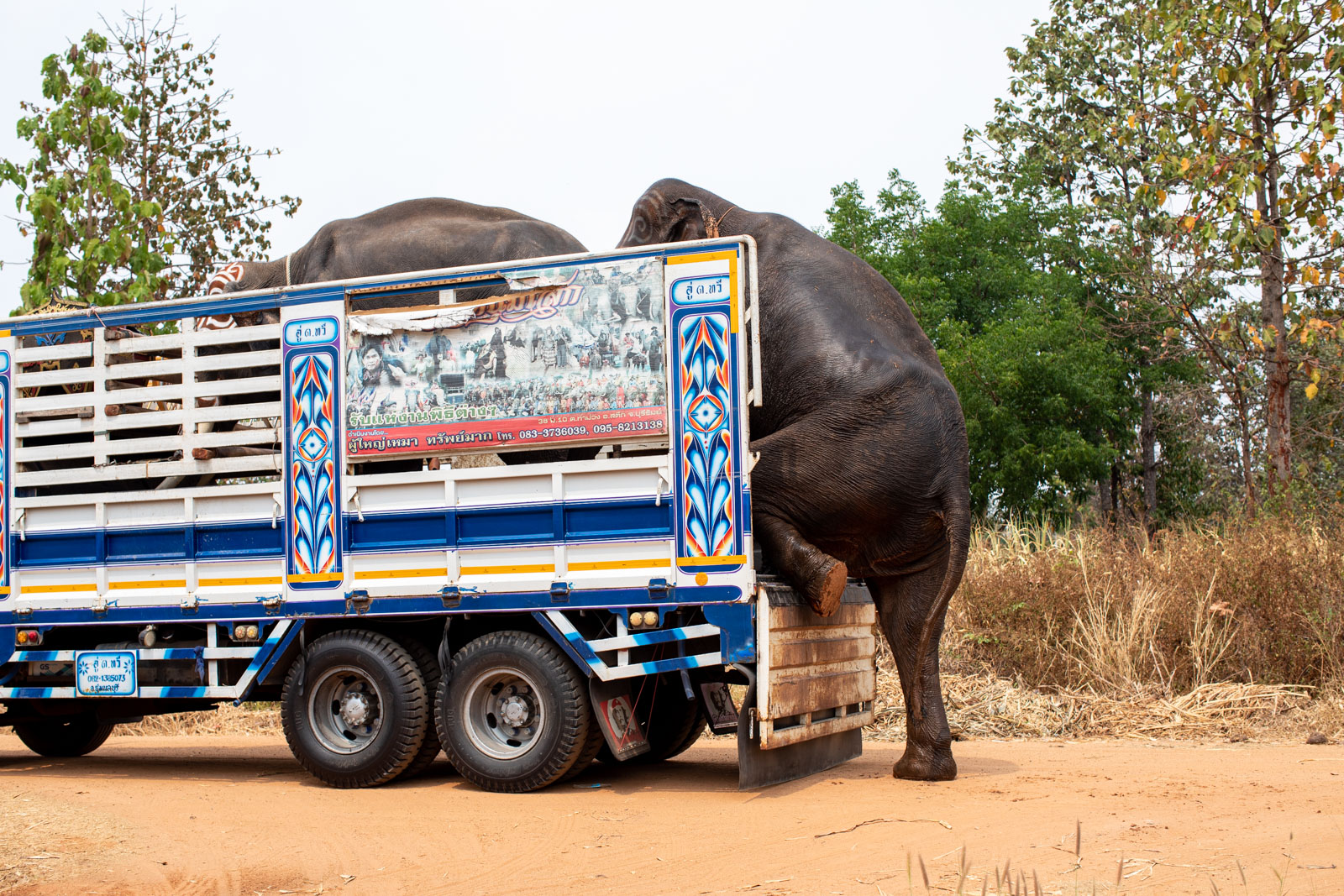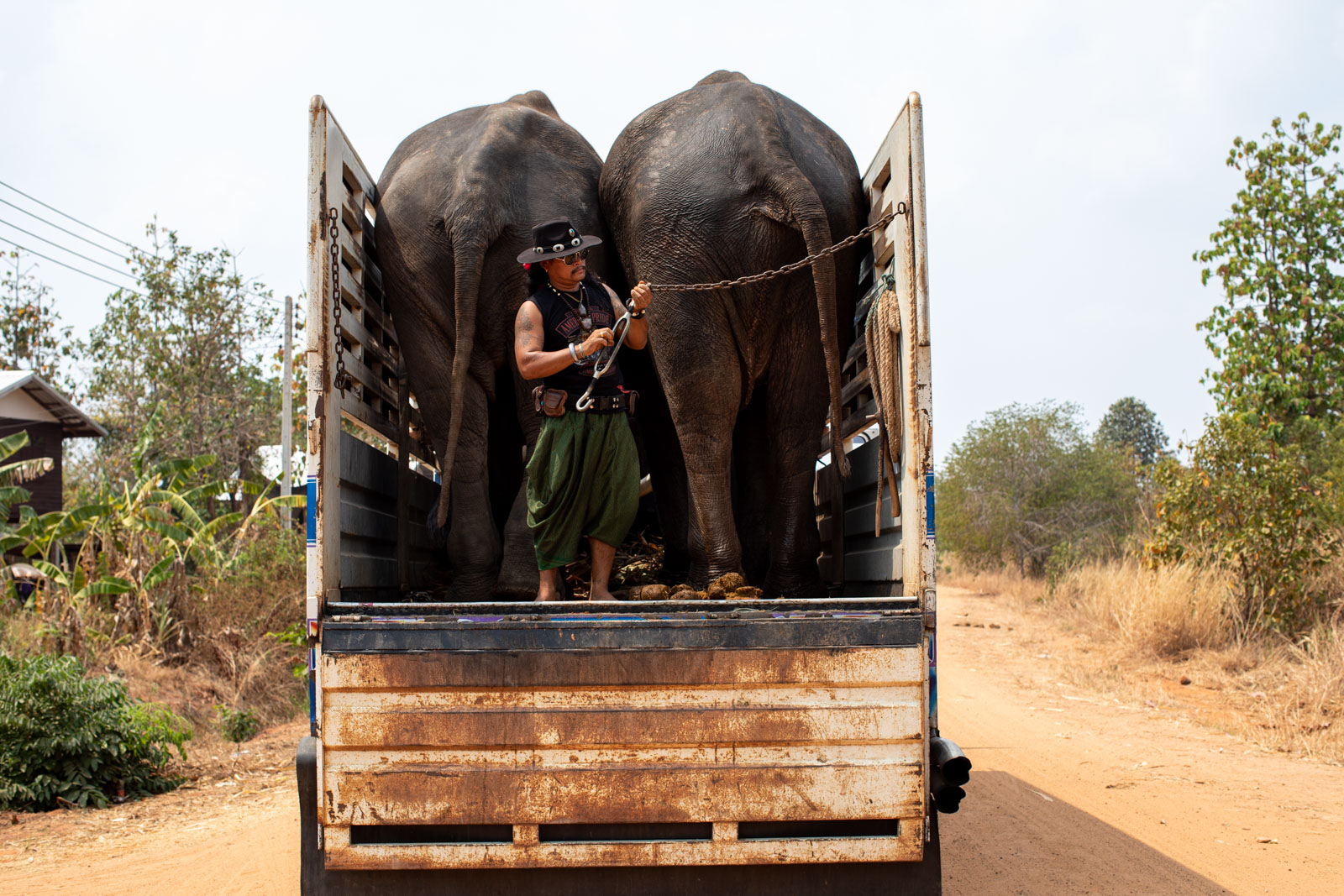The uncertain future of Elephants
In March of 2019, I visited Baan Ta Klang, a small village in the northeast of Thailand, locally known as “The Elephant Village”. It is ground zero for the training of these animals to be used in Thai tourism industry, with more than 500 elephants chained in front of its hundred or so houses.
Since the corona pandemic lockdowns, i.e. subsequent closing of dozens of elephant parks and similar tourist attractions, the mahouts have been struggling to feed the unemployed animals, which threatens the local economy and the elephants’ survival in the long run. They were all telling me about the importance the elephants bear, not just financially, but culturally and religiously too, as they hold godlike status.
Mahouts are generally subsidized by the government if they prove that the elephants have learned a few tricks to entertain tourists. However, in recent years, animal welfare advocates have raised concerns about their employment in the tourism industry.
Thailand has about 3,800 domesticated elephants. Feeding an elephant can cost as much as $40 a day – more than three times the minimum daily wage in Thailand. Releasing them into the forest, the habitat of about 3,000 wild elephants, is not an option and is illegal under Thai law; in the forest, domesticated elephants would compete with their wild counterparts.
In 2023, the situation remains pretty much unchanged, as tourism industry is still suffering the consequences of the pandemic.
